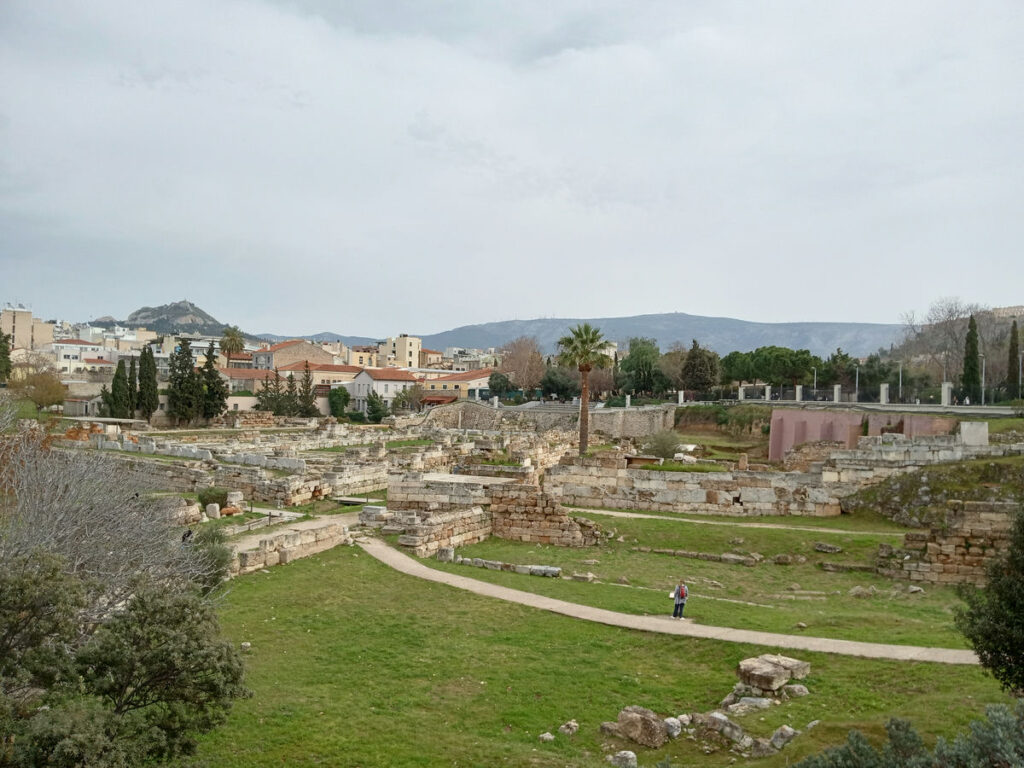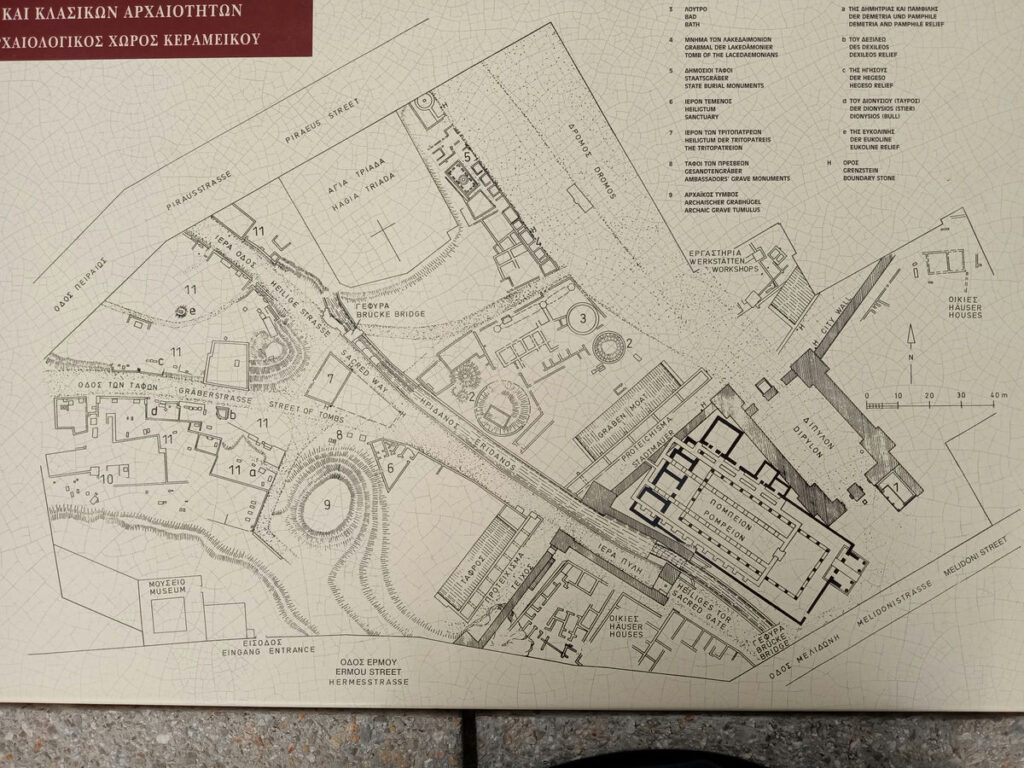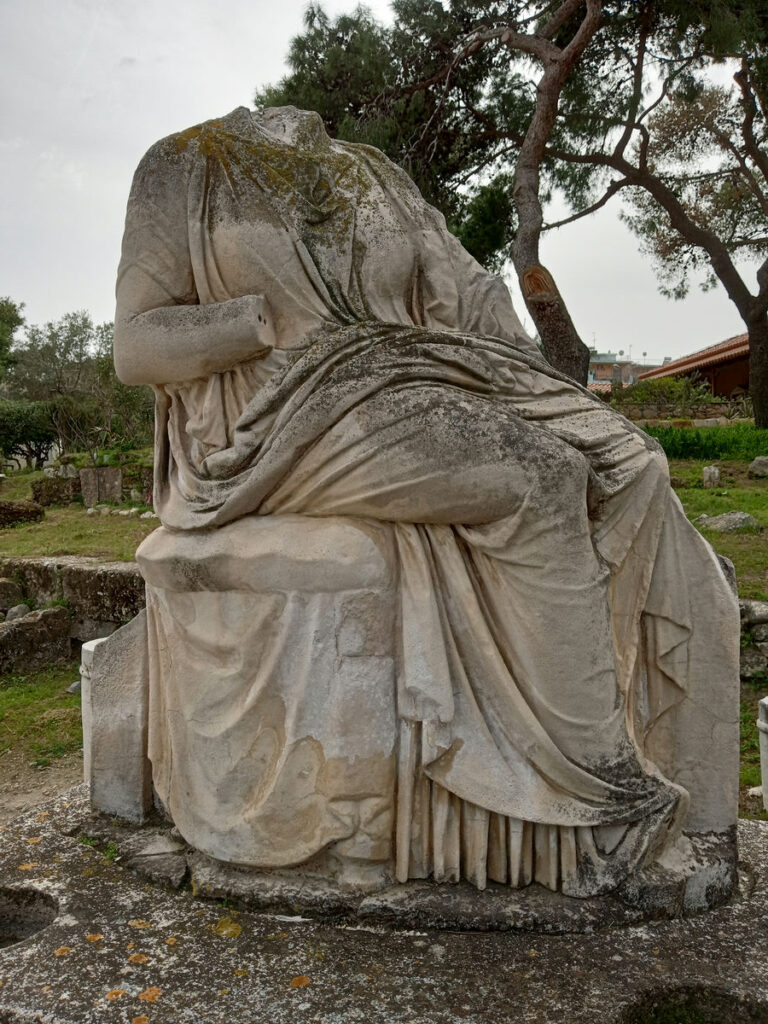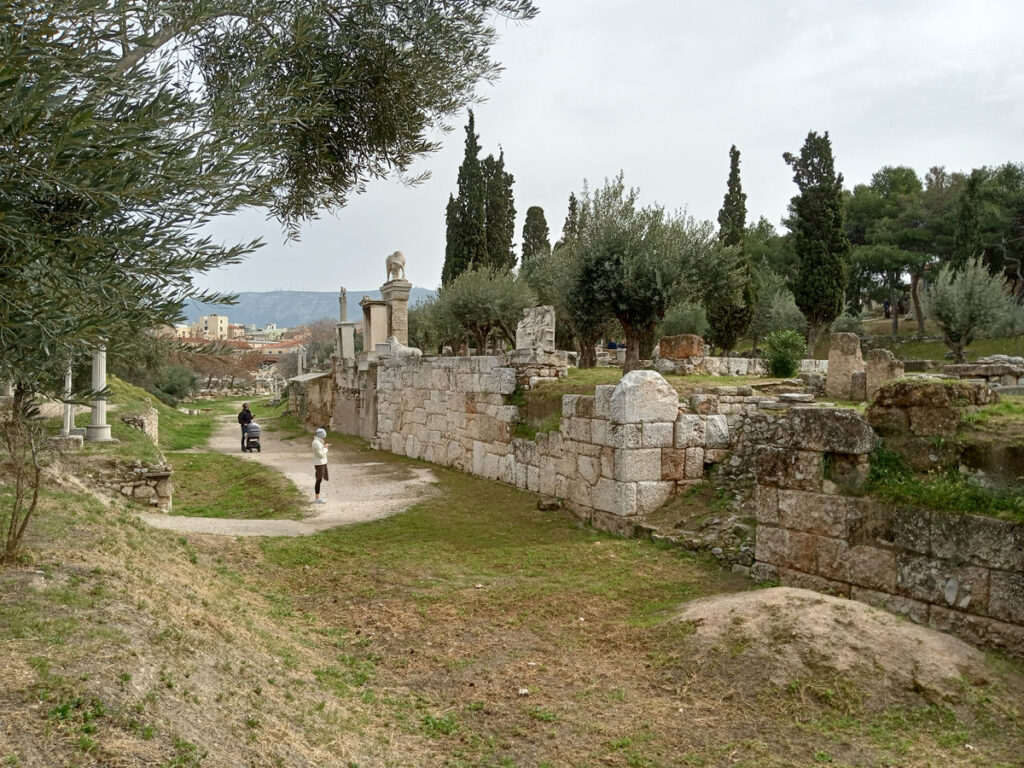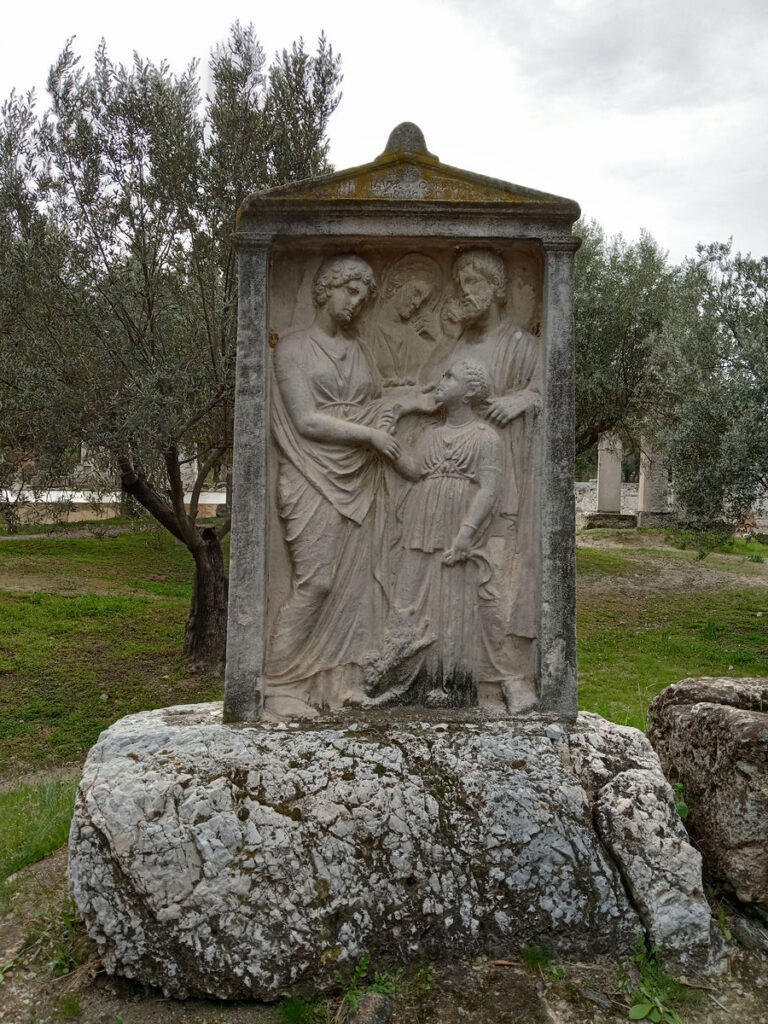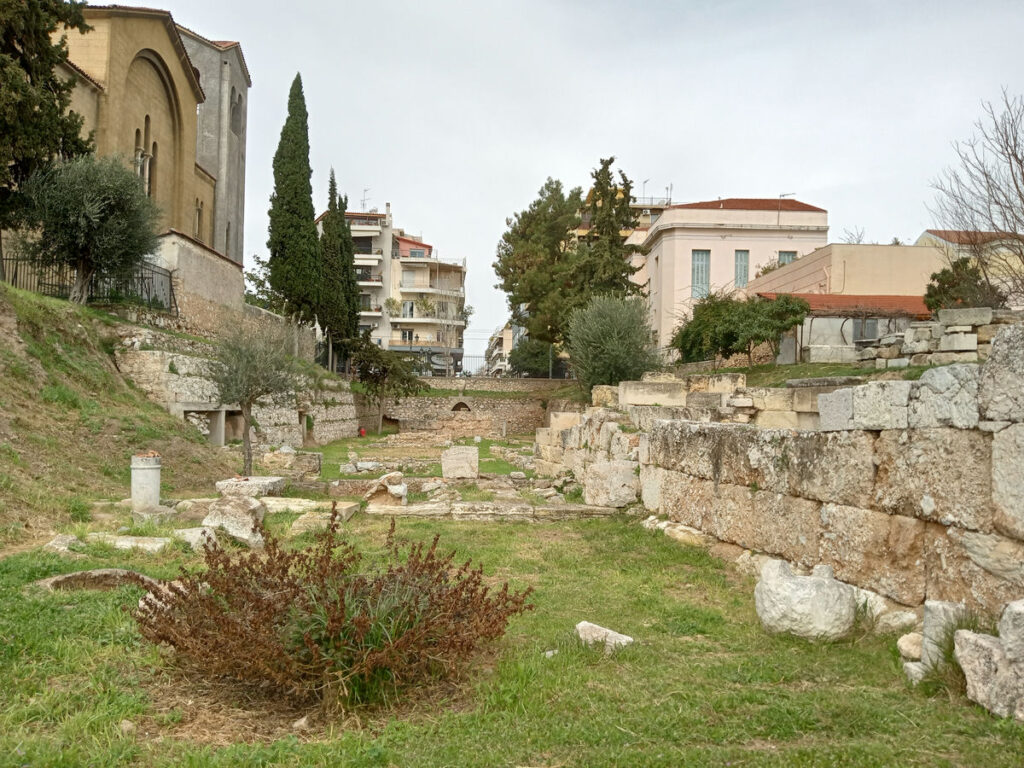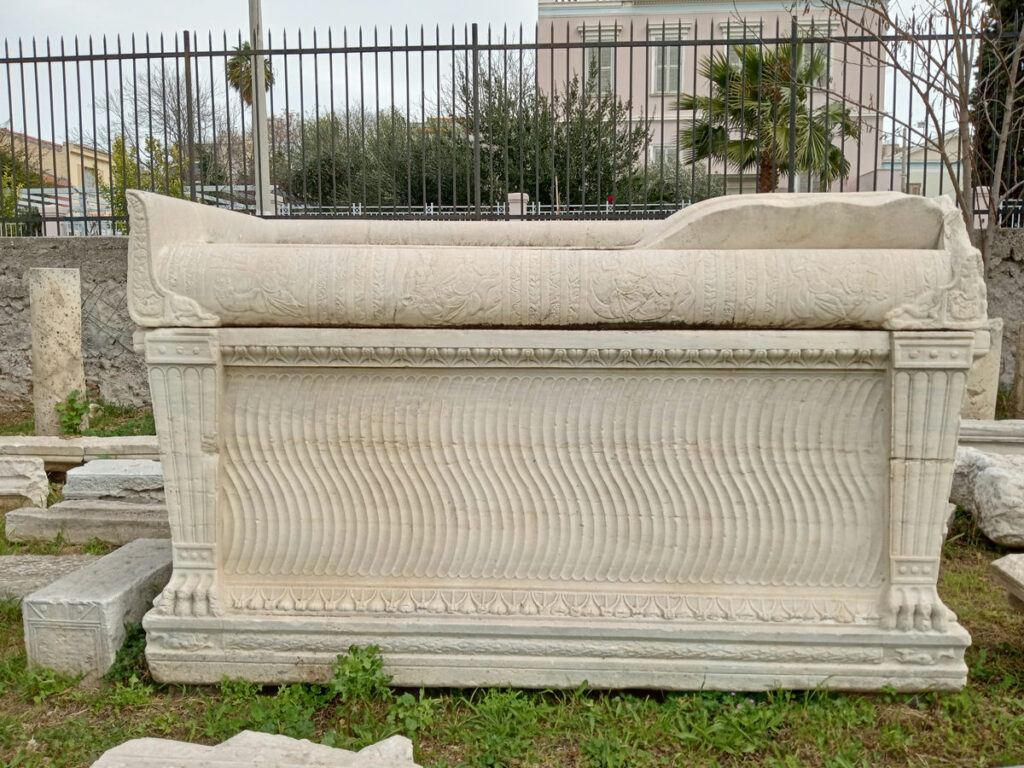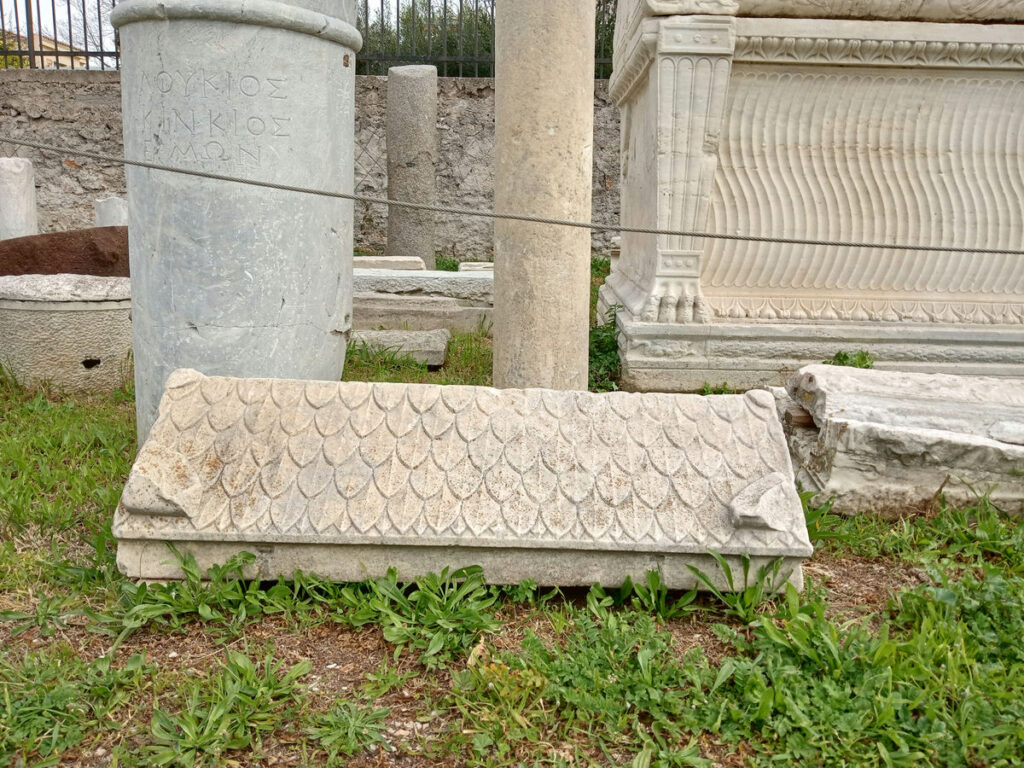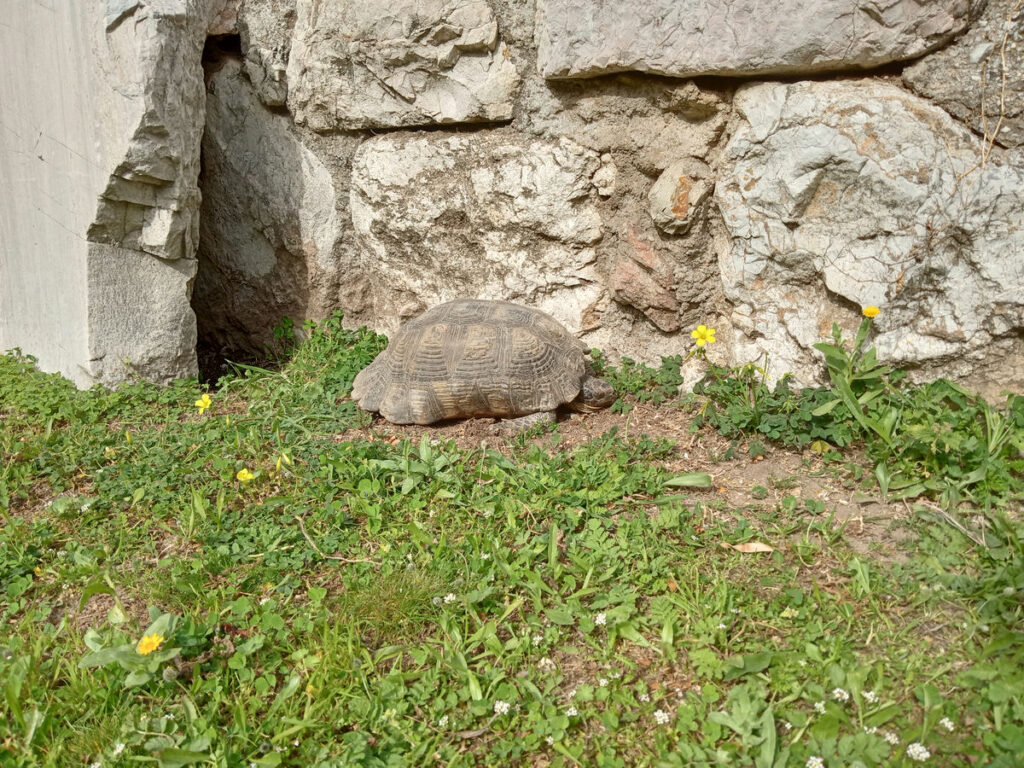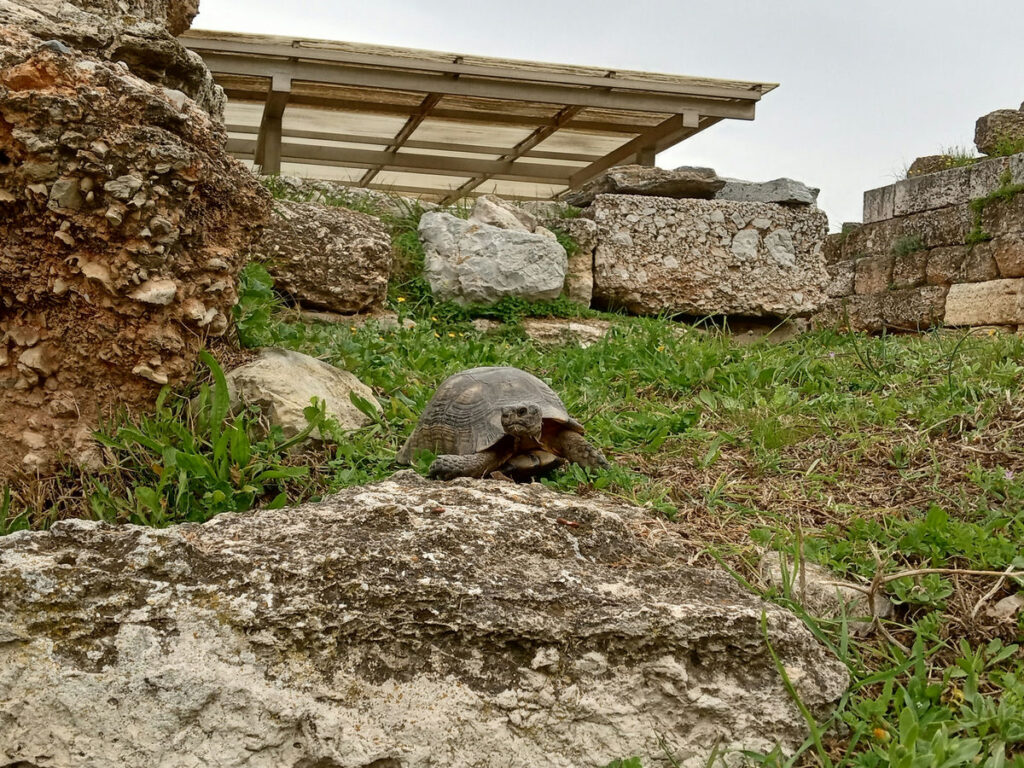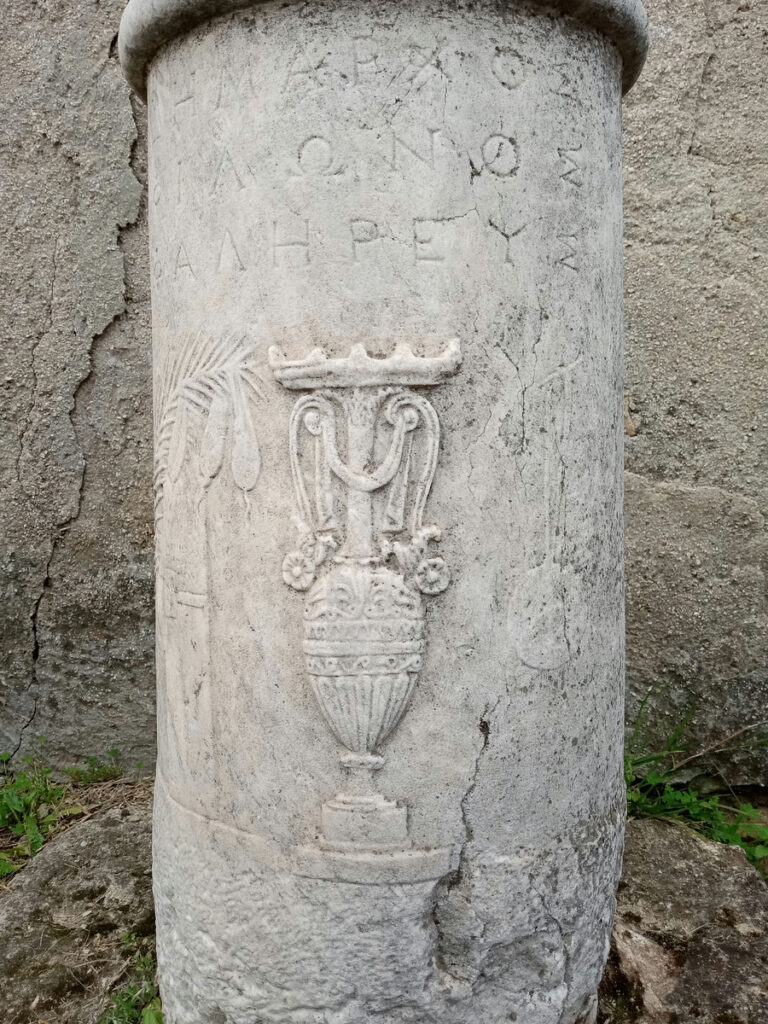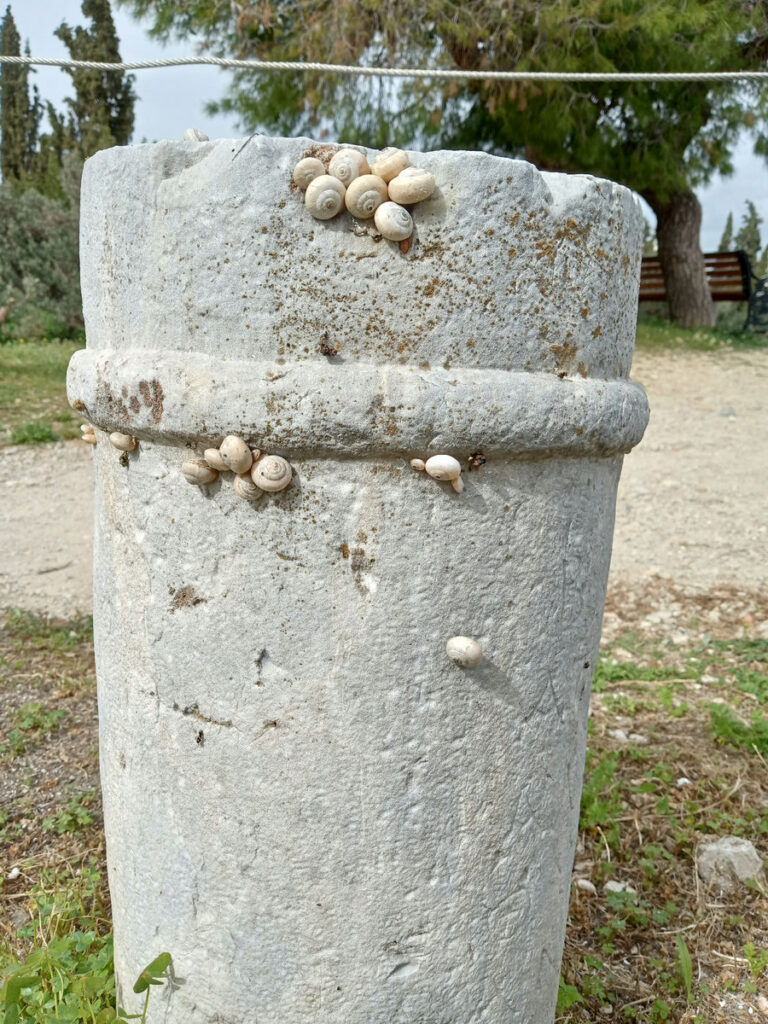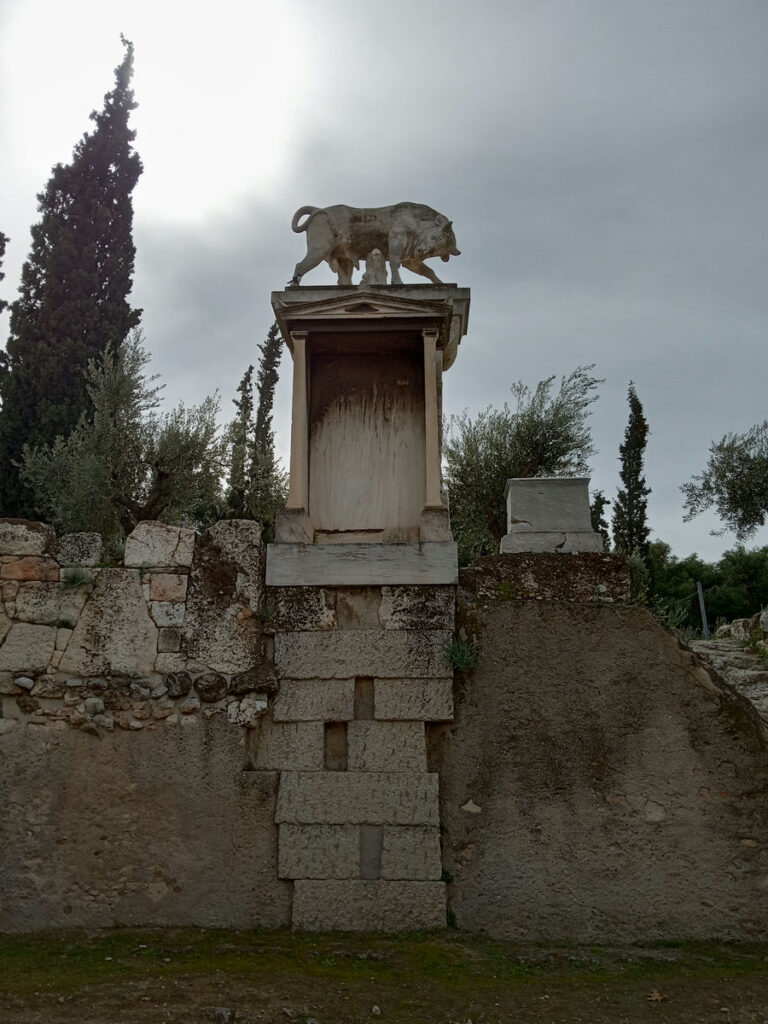Ancient sites of Athens
Possibly the very best thing about traveling to Athens at the end of February is that it was warm enough to be outside every day in jeans and a t-shirt. Coming from New Hampshire, the sunshine was especially welcome, but I can’t imagine being there when it’s any warmer. Most of the interesting things are on hills, and I worked up a sweat even at 65 degrees.
The other great part about going to Athens in February is that the crowds are comparatively negligible. There are still plenty of people to go around, particularly on the weekends and in the touristy neighborhoods like Monastiraki, but there are almost no lines to enter historic sites, and it’s possible to find some peace and quiet. A lot of the ancient sites, for example, are essentially large parks with ruins. Even though they’re active archaeological sites, tourists can wander in and around and over much of the ancient stone architecture and monuments. I don’t know how individual Greek citizens feel about tourists, but it’s nice of the country to share their history with all of us.
I wonder whether there’s an understanding among Greek people that there’s probably centuries of history lying undiscovered, but there’s the small problem of a living city sitting on top of it.
I bought a multi-site pass at the Acropolis for 30 euros, which allowed entry to seven historical sites during five days. Definitely reasonable; the only catch was that during the off season, many of the ticketed sites close at 3pm. I didn’t make it to all of the sites in the five days (I missed Aristotle’s Lyceum and the Temple of Zeus), but the pass was well worth it. This post includes the five sites that I saw: The Acropolis, the ancient Agora, the Roman Agora, Hadrian’s Library, and Keramikos.
I have to confess to being a terrible reader of signage. I’m sure there was a lot of interesting information about the hows and the whys and the whens of these places, but I glazed over tryin to read it. That’s why the internet exists, isn’t it?
Acropolis and the Parthenon
One of the strangest juxtapositions at the Acropolis was watching tourists prop their phones on thousands-of-years-old architecture to take selfies.
Fun fact about the Parthenon: the lines aren’t straight and the surfaces aren’t flat. The architects wanted to create the appearance of perfection rather than technical perfection (a philosophically interesting idea), so they used curves and tilts to counter what the eye actually sees (per this site here).
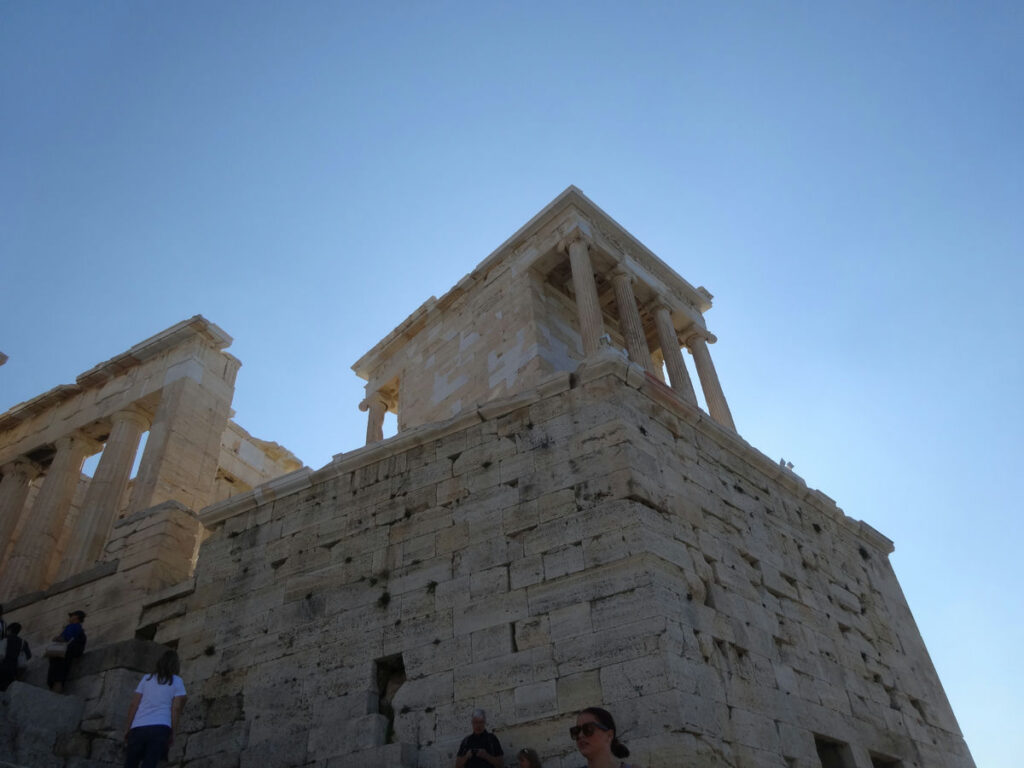
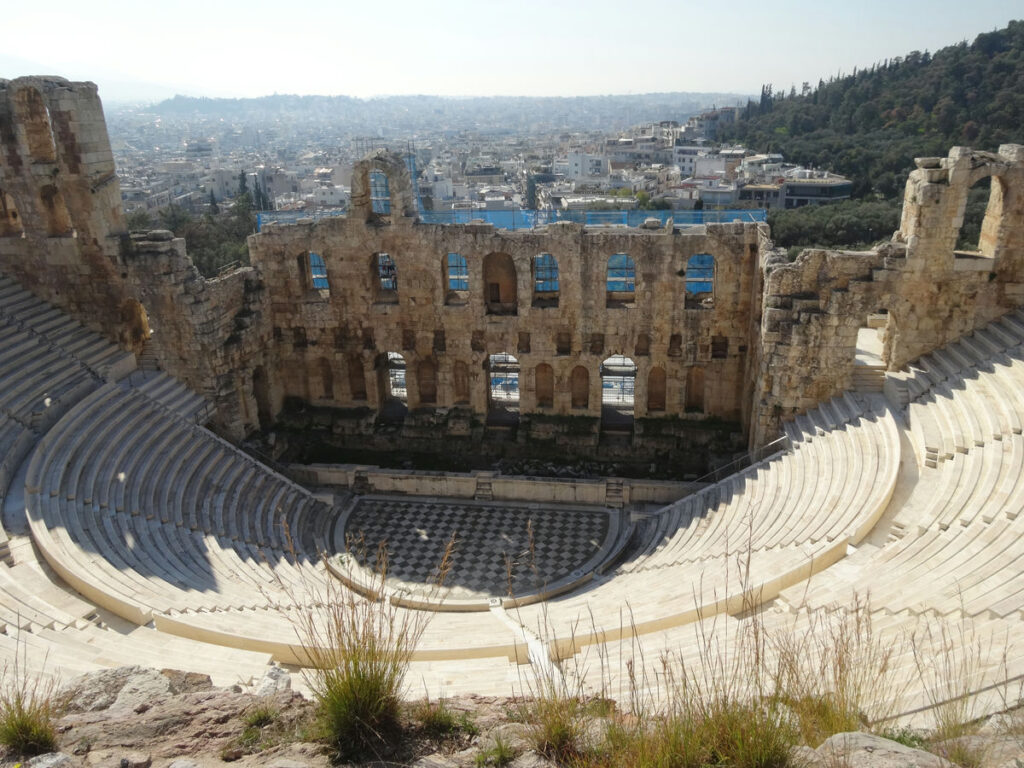
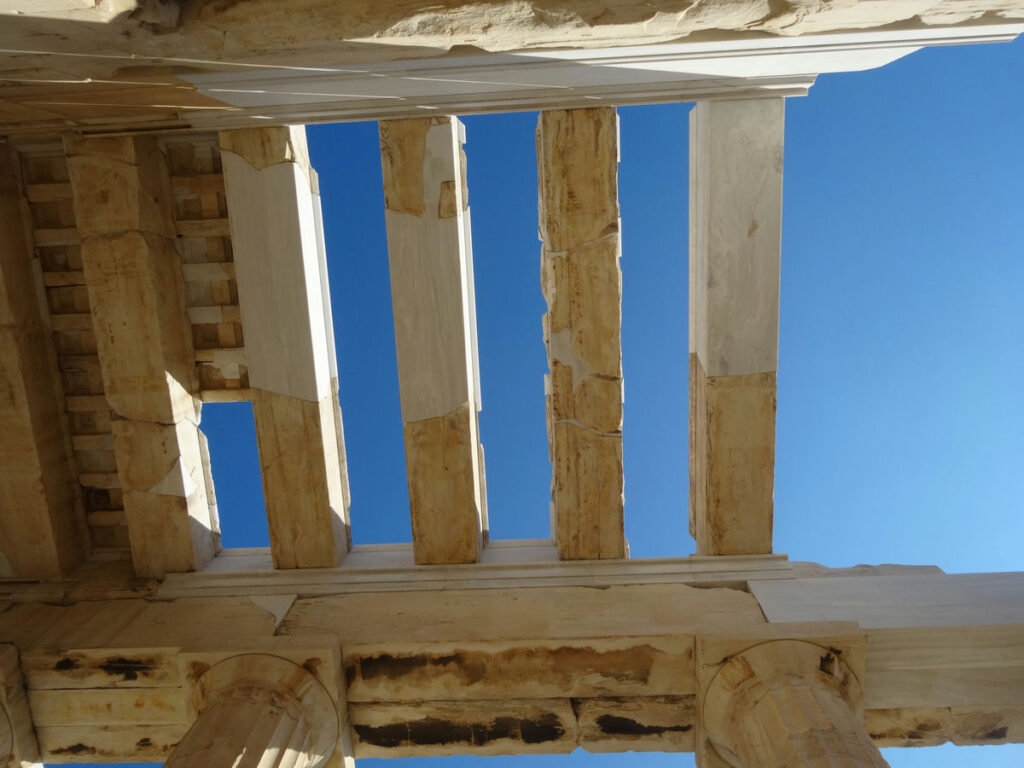
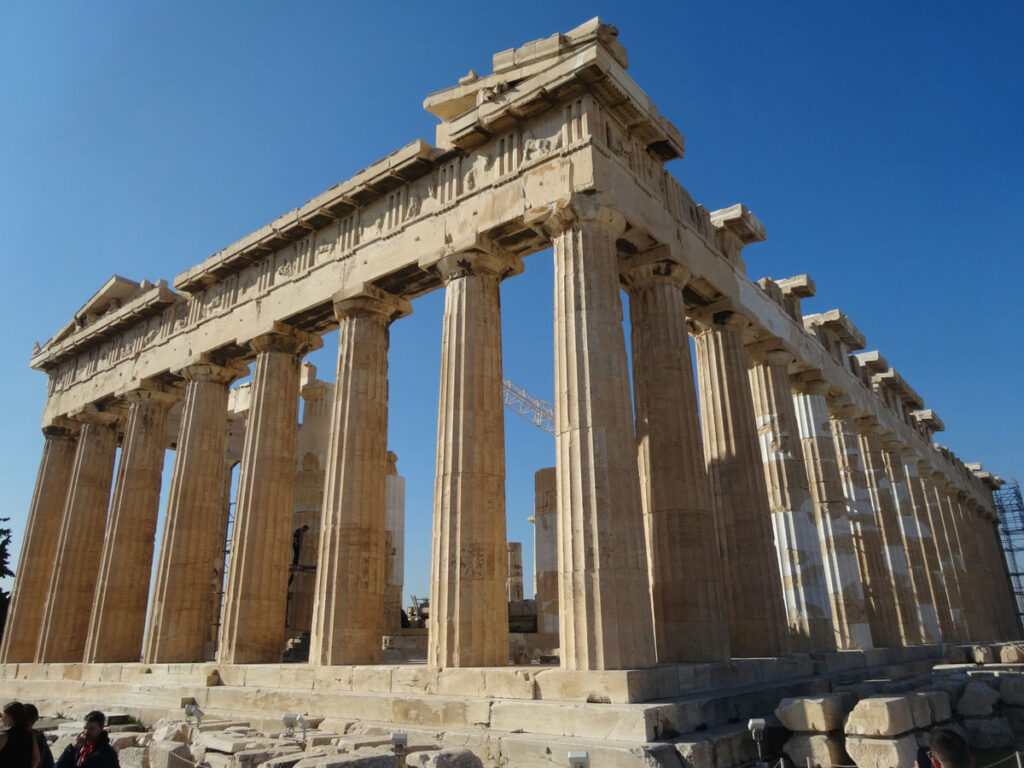
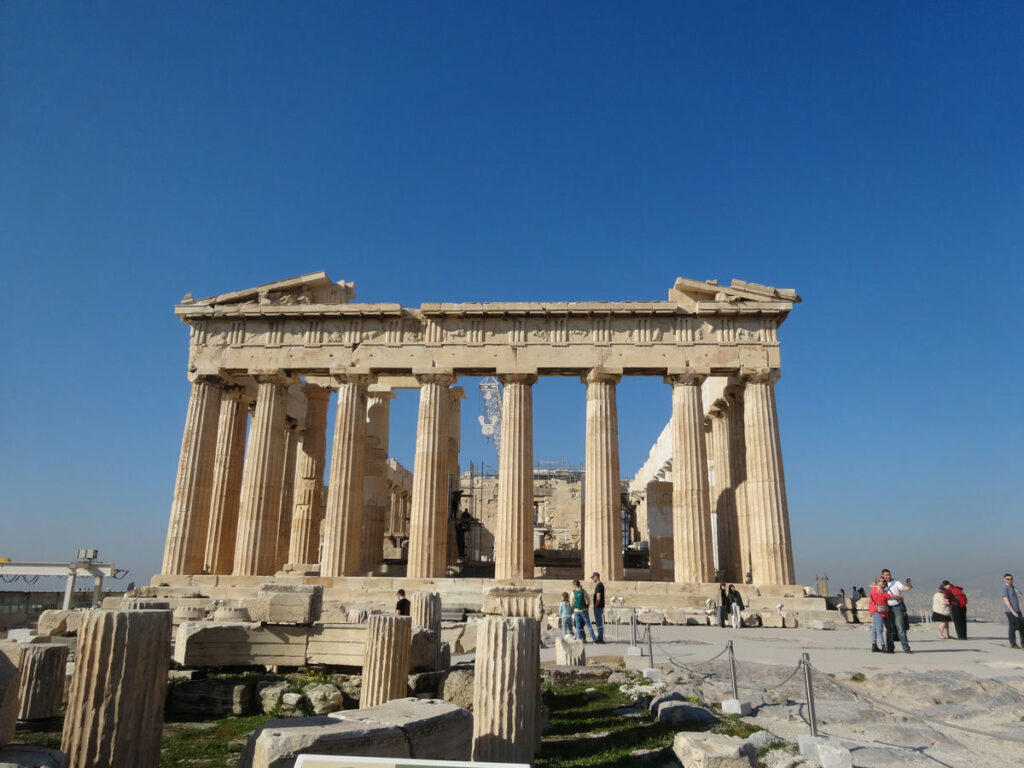
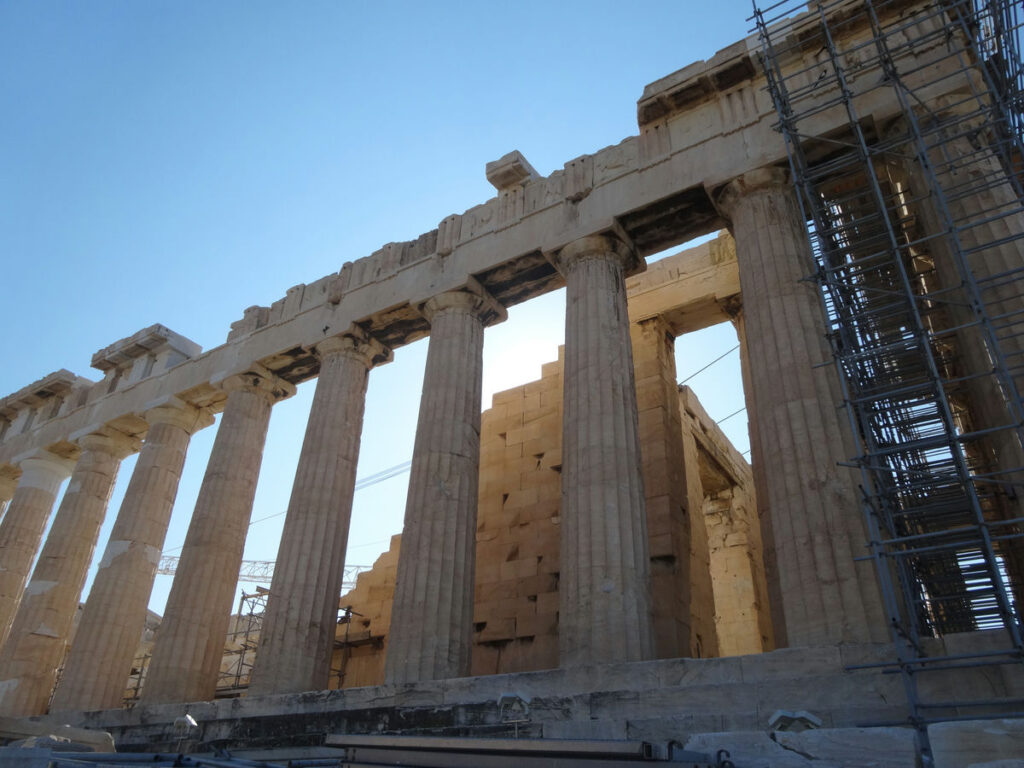
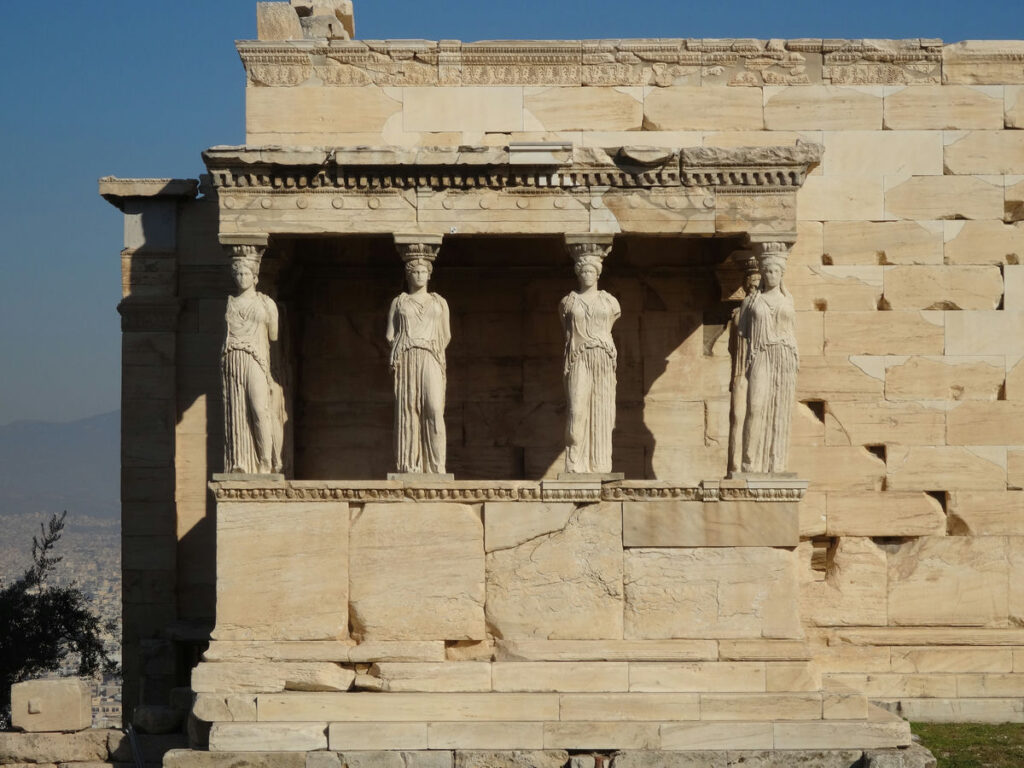
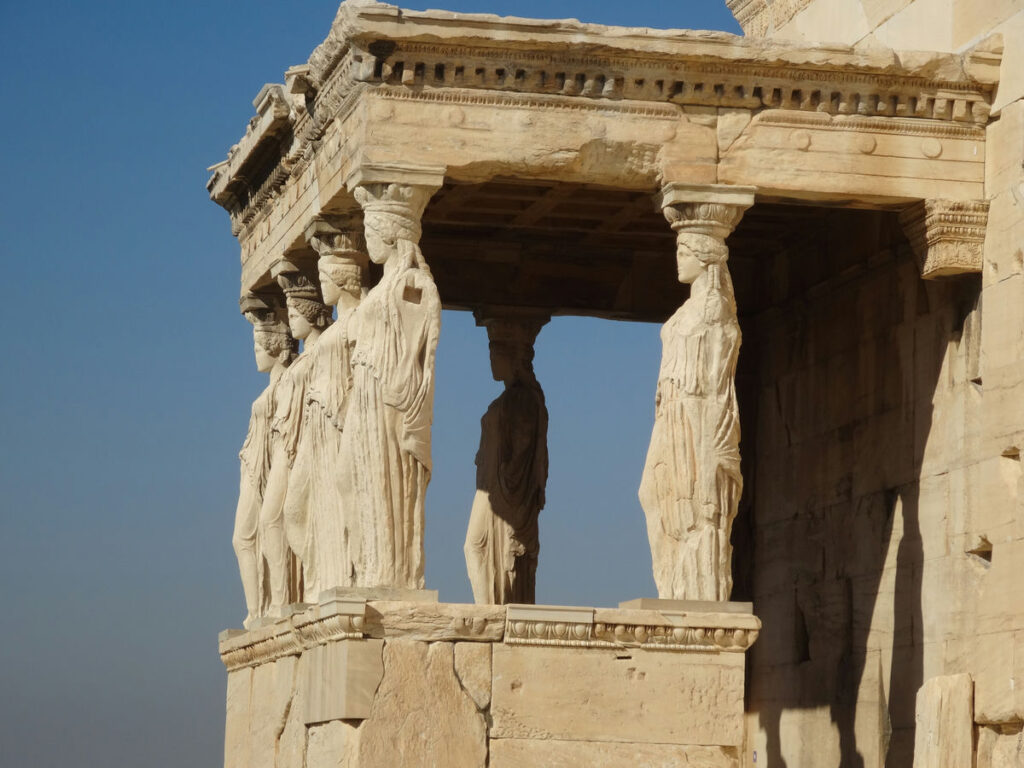
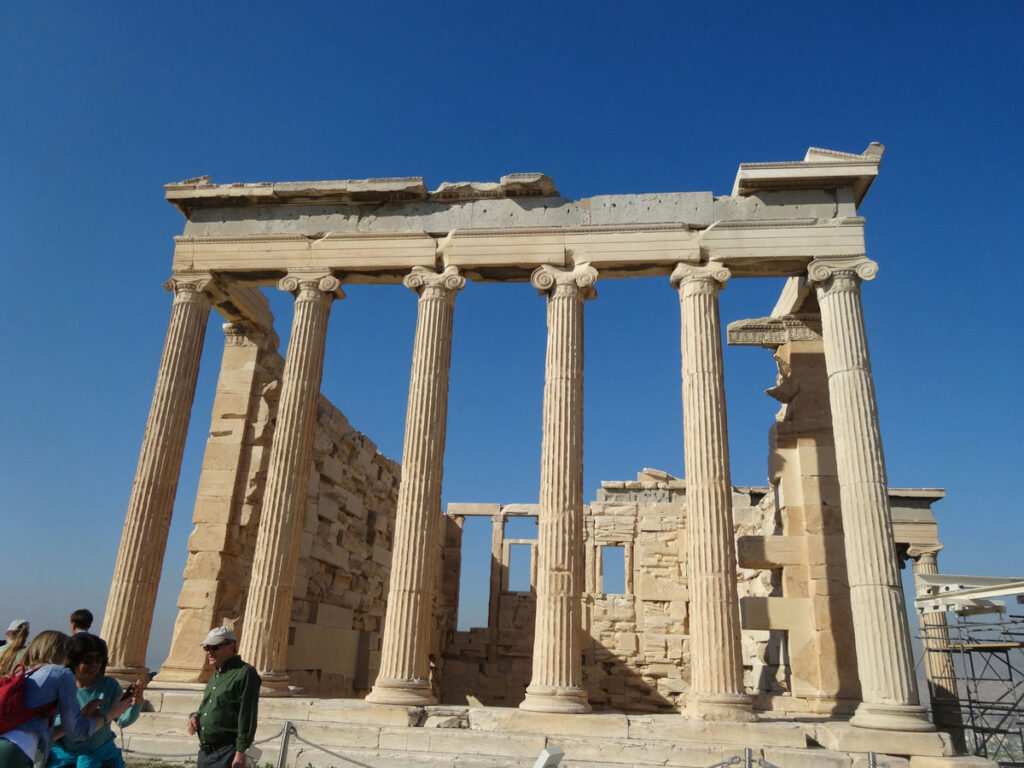

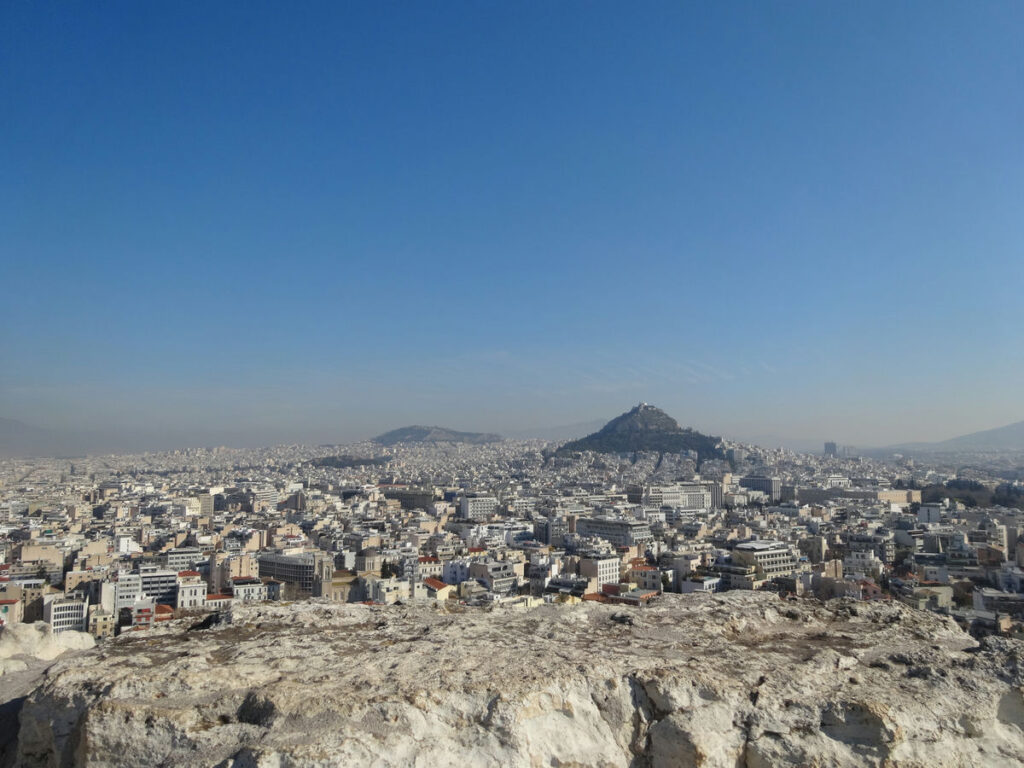
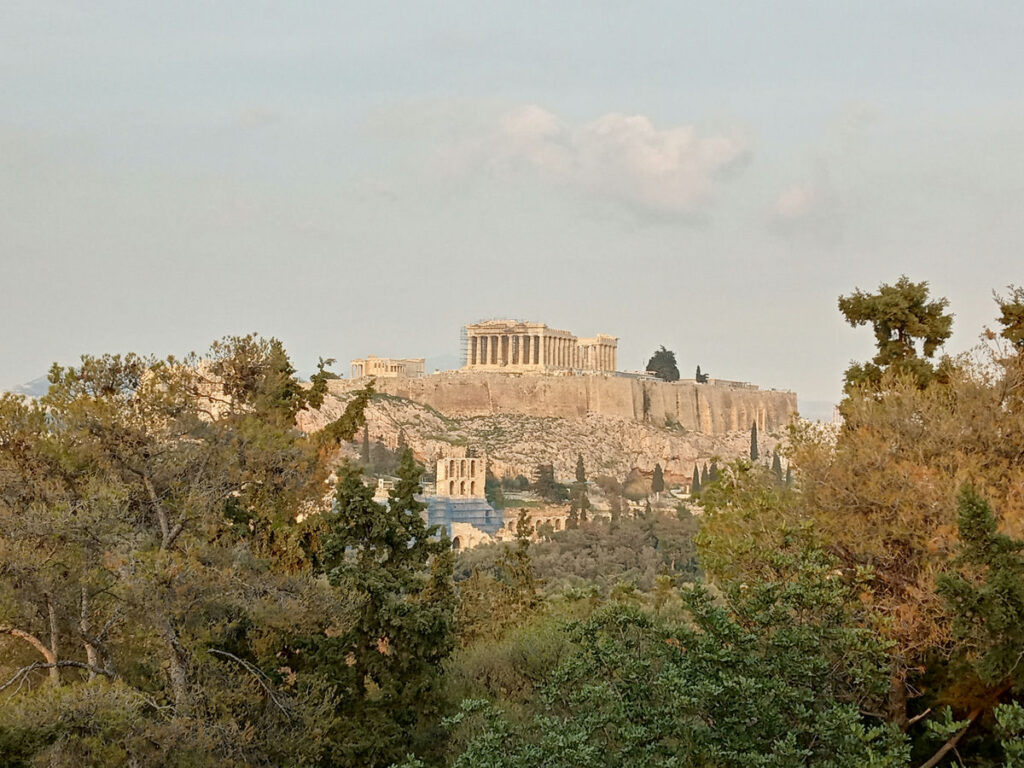
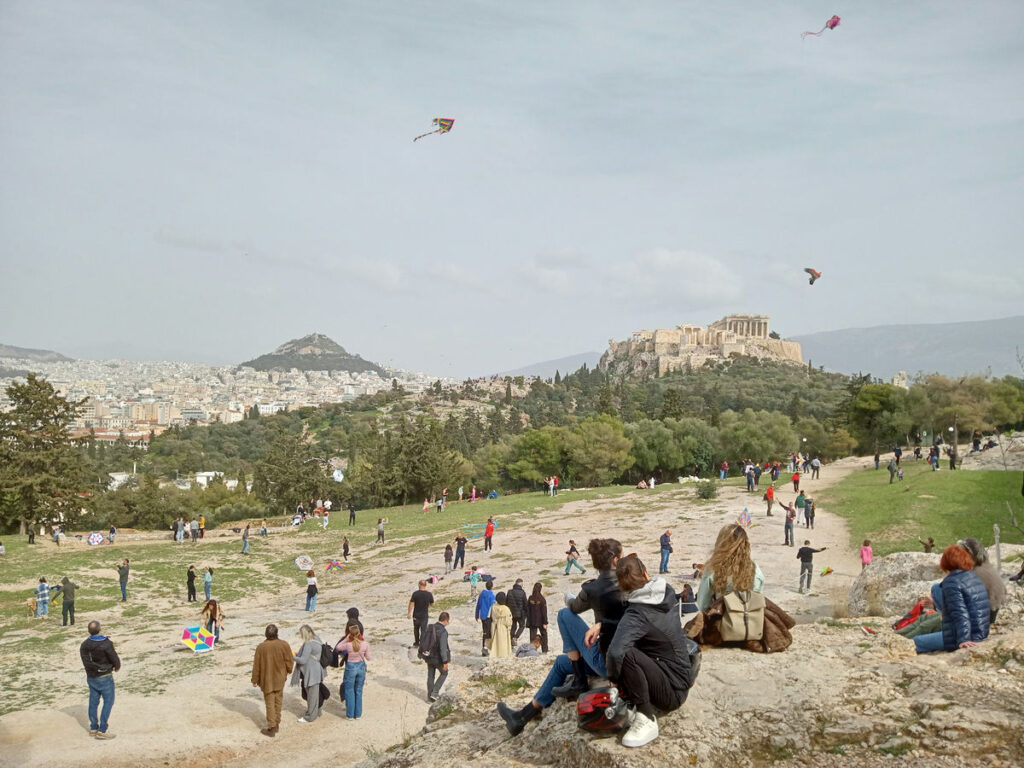
Ancient Agora
This might have been my favorite of the ancient sites. The Agora contained a large park with plenty of interesting artifacts, and also cats. I spent plenty of time casually strolling among the olive trees and soaking up the sunshine. After winter in New England, spring is such a hopeful season.
This site comes with a museum included in the entry fee, but I missed it because I showed up right as they were closing.
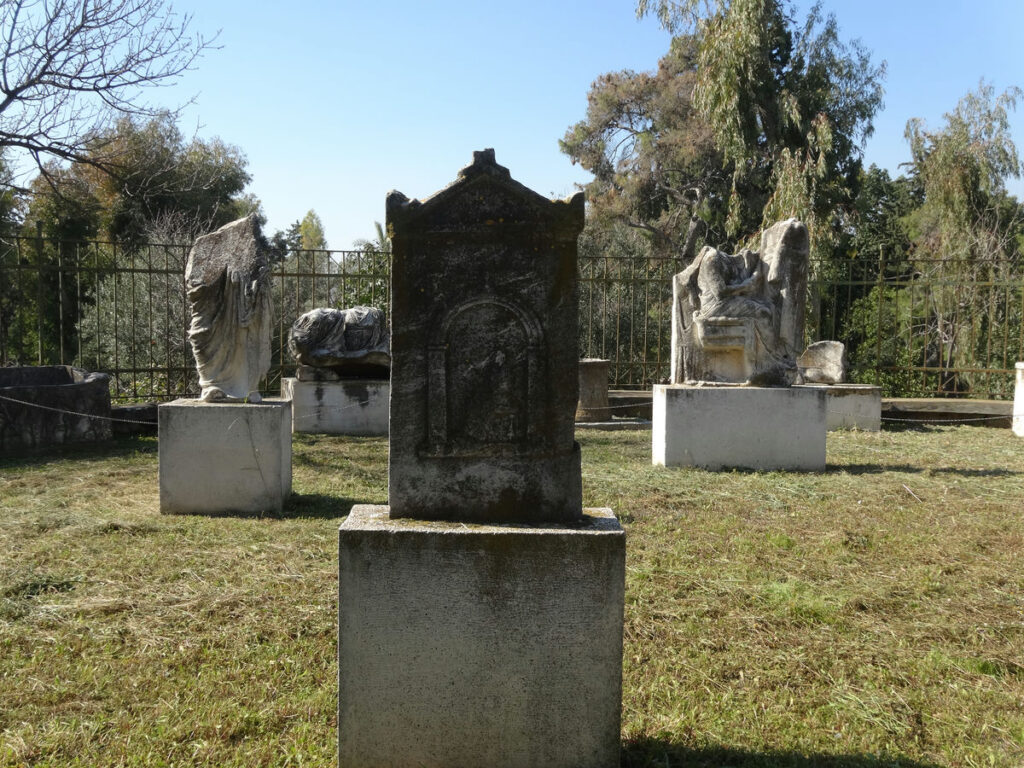
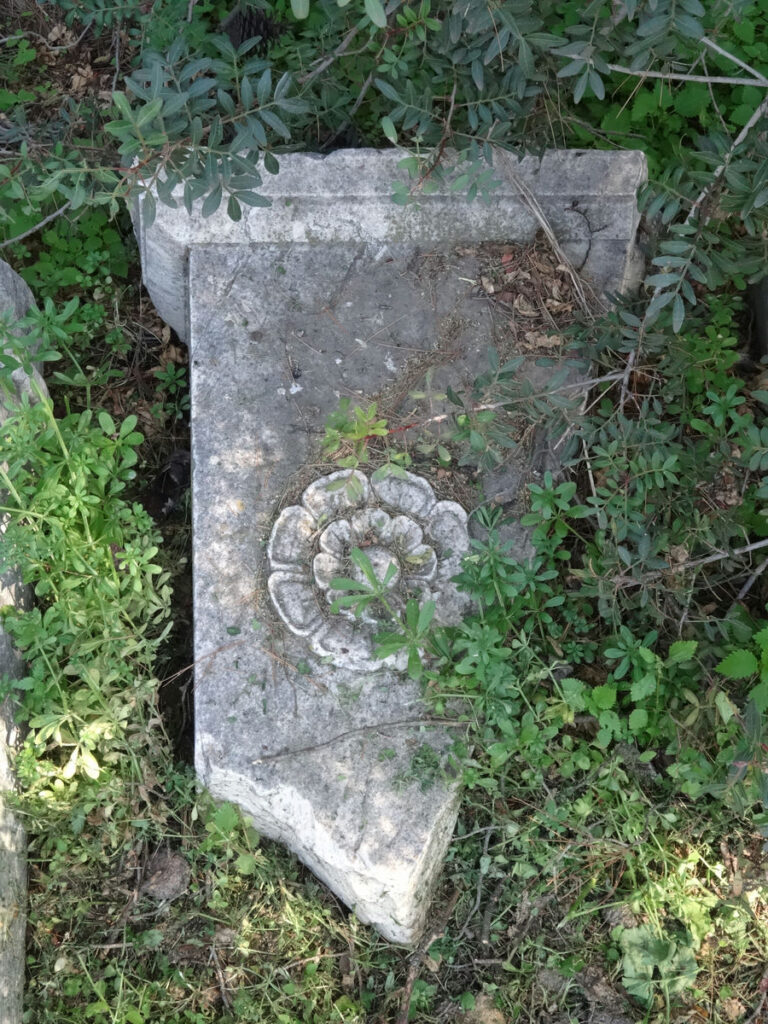
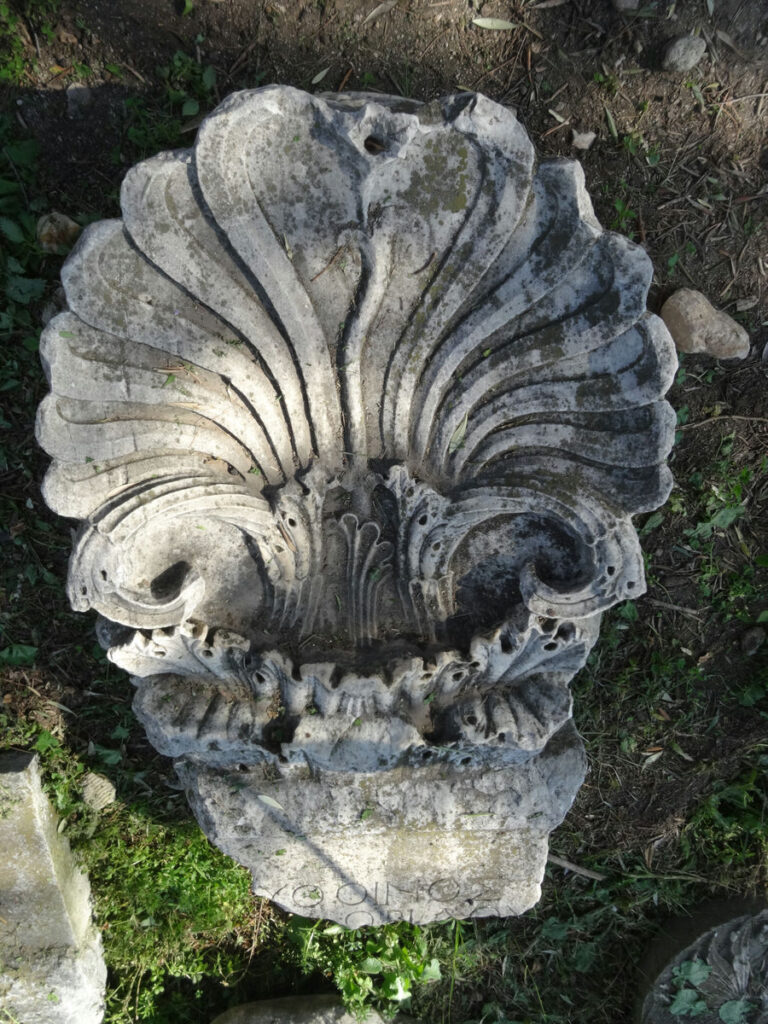
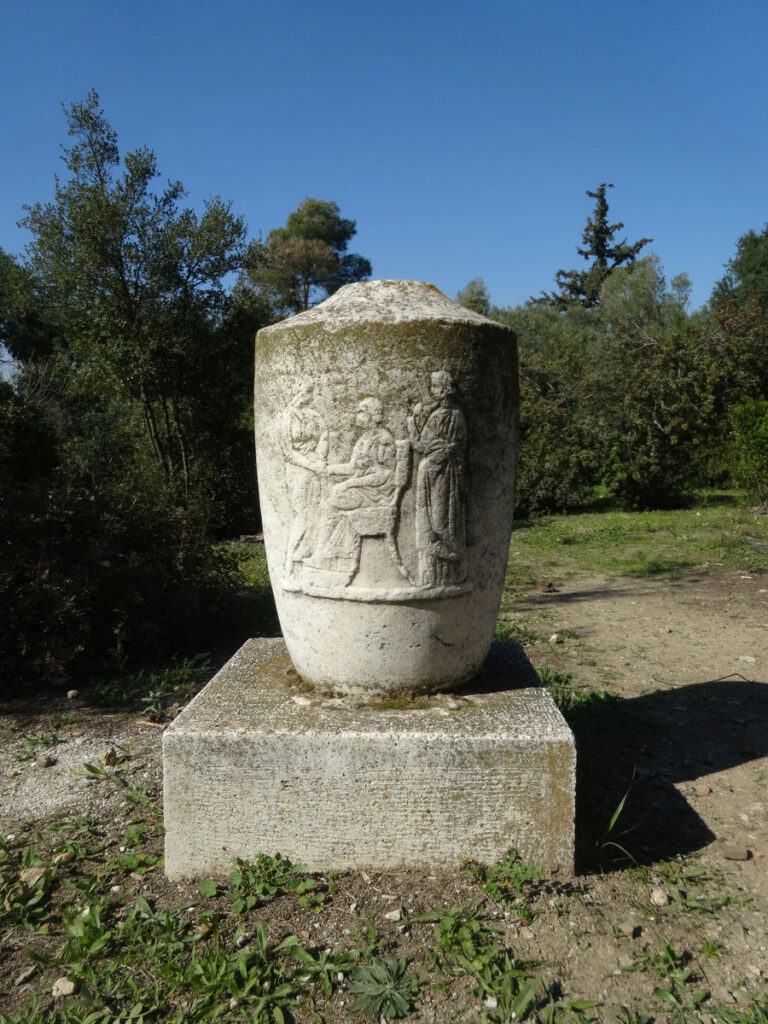
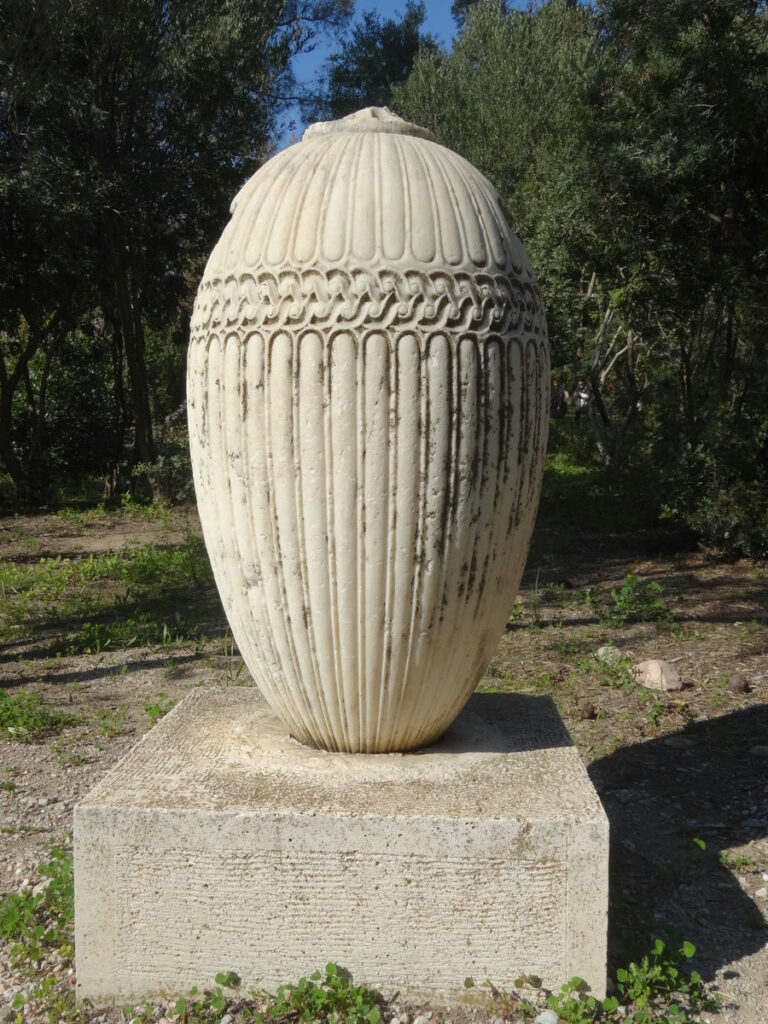

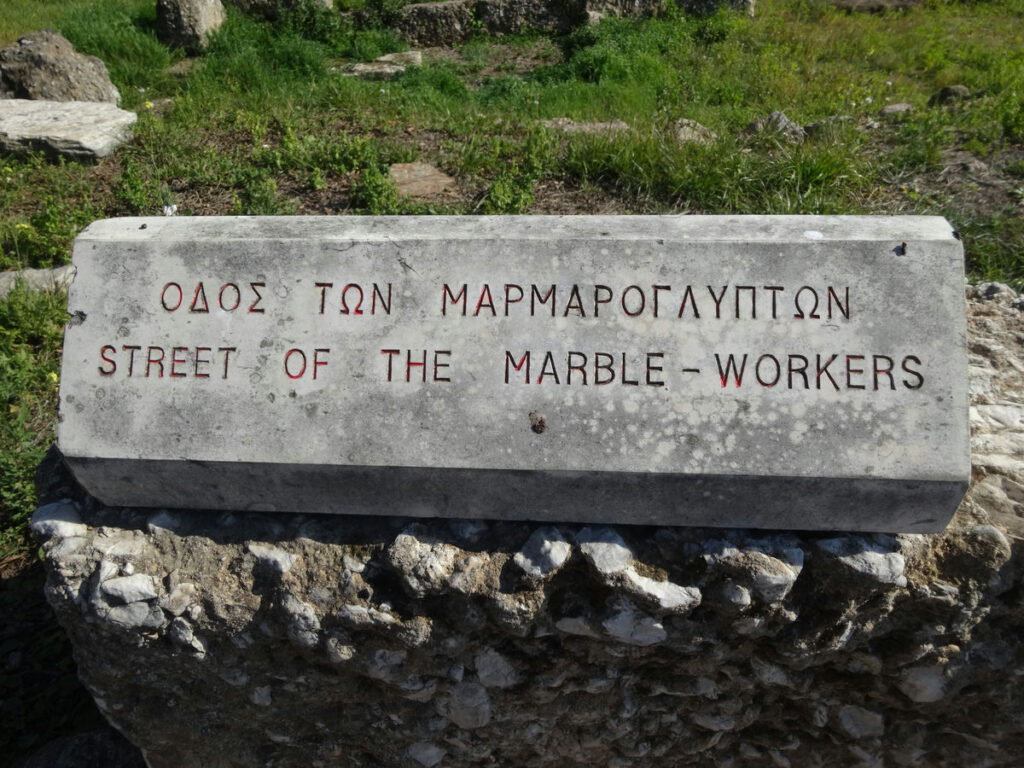
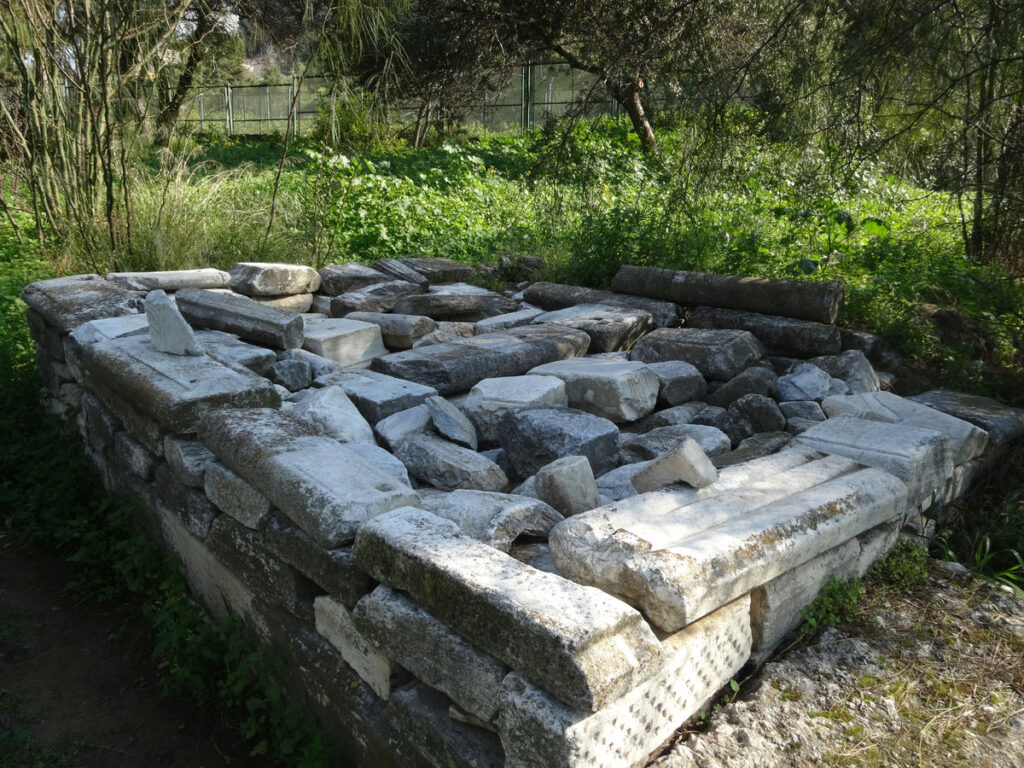
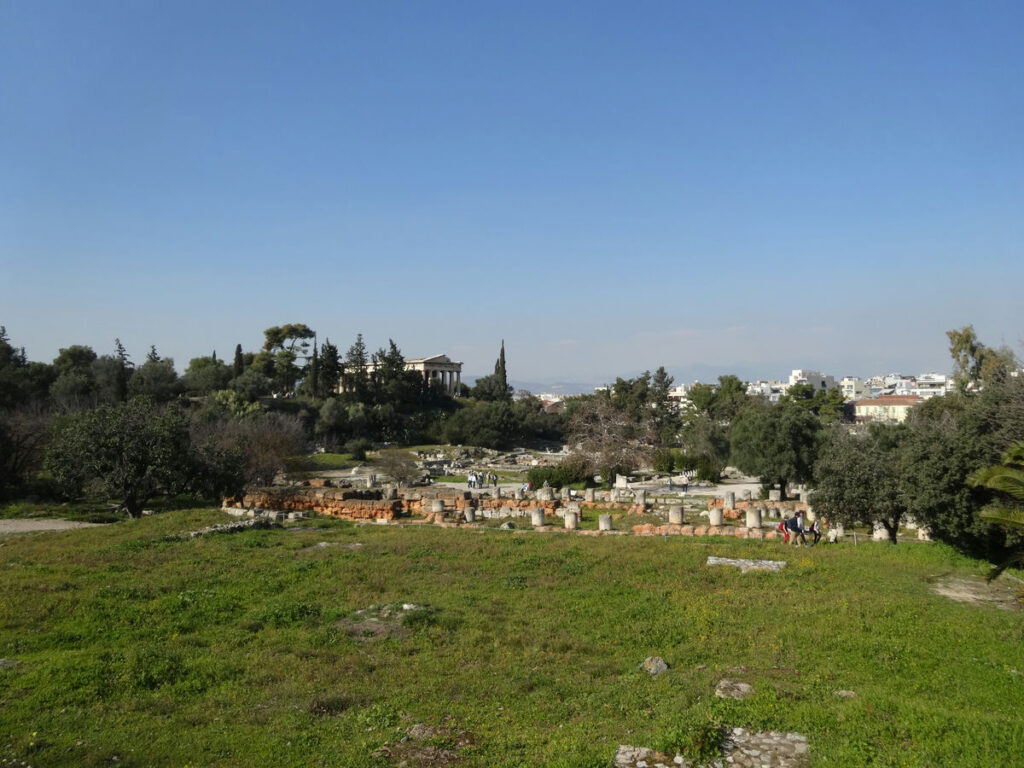
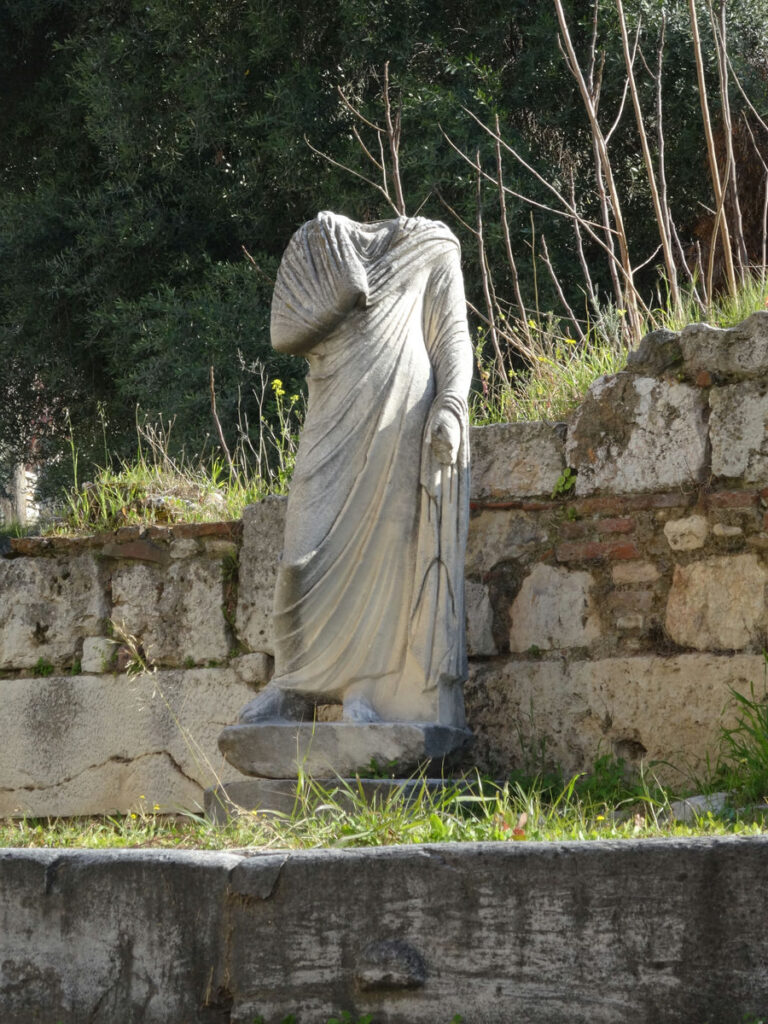
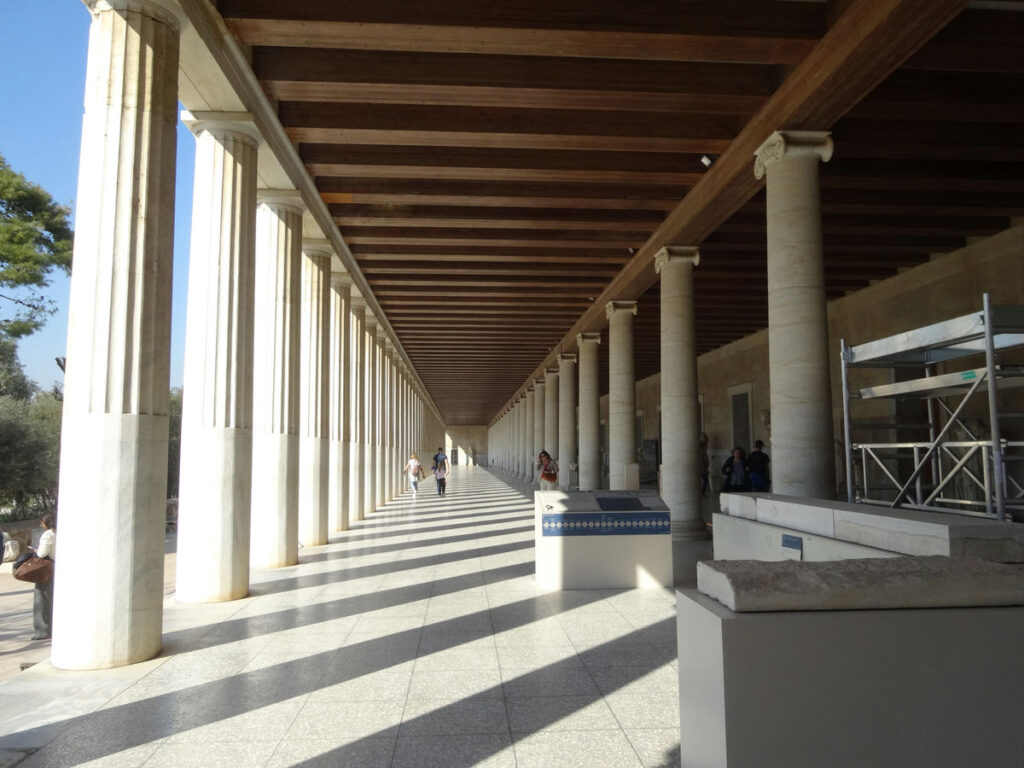
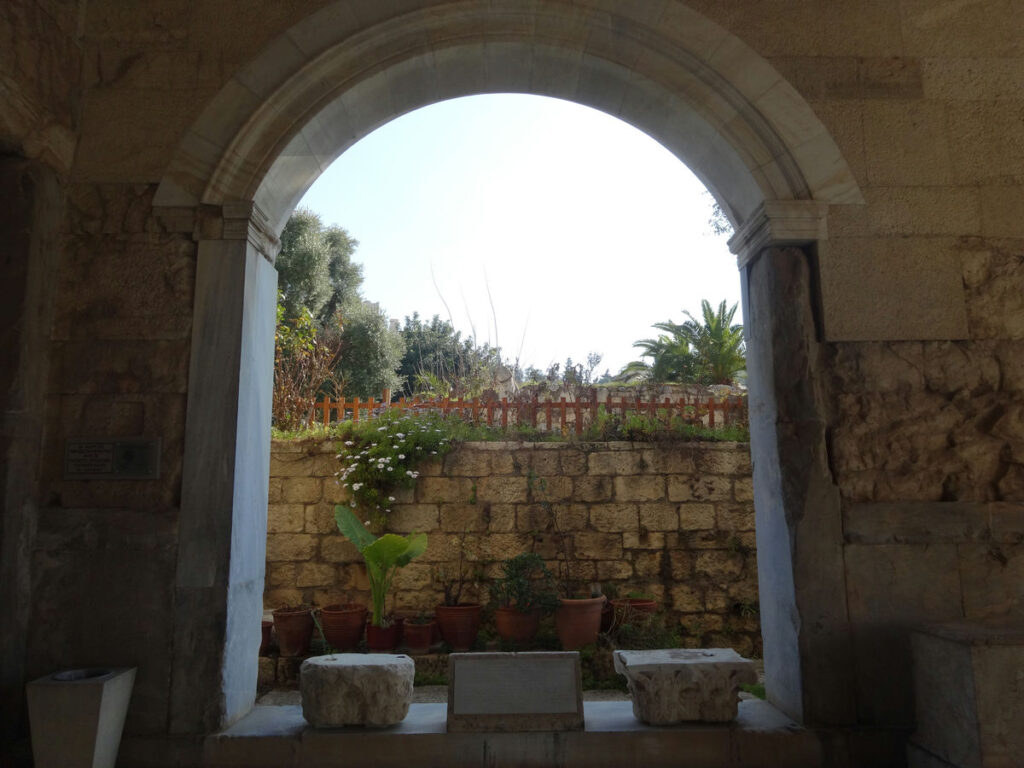
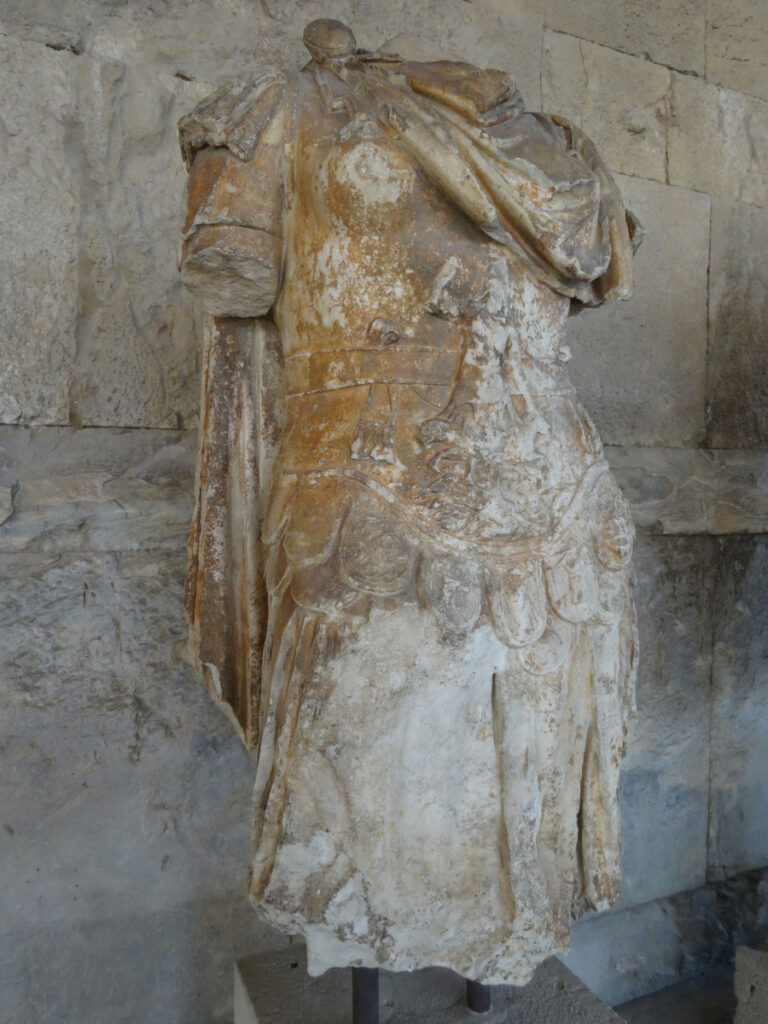
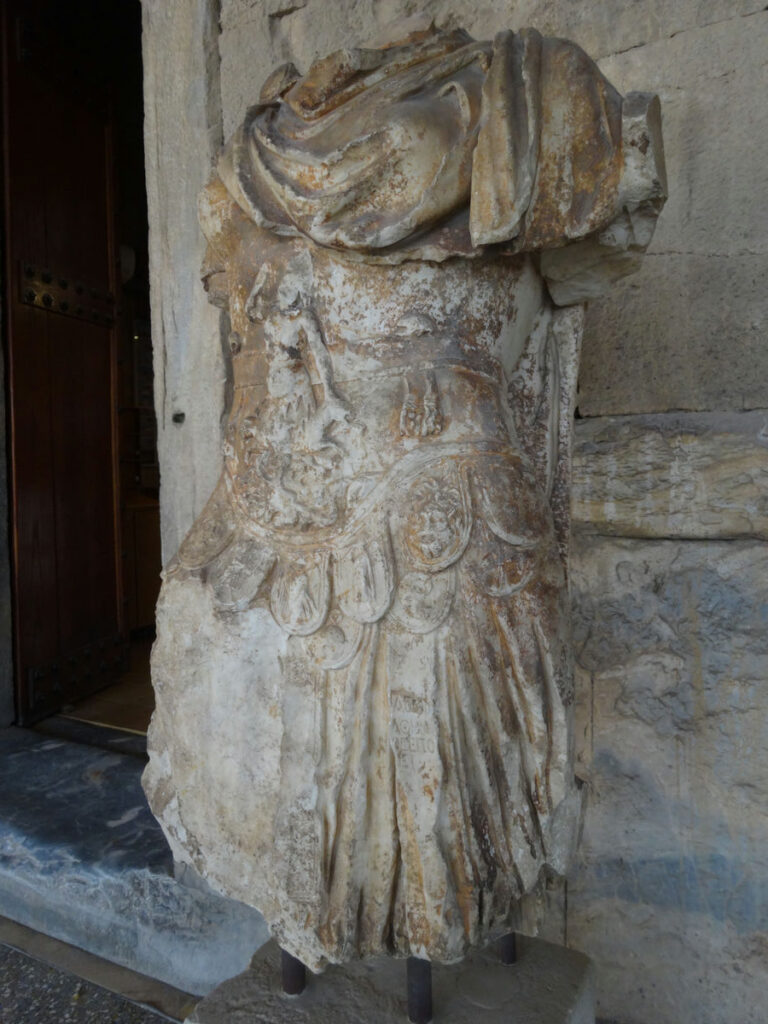
Temple of Hephaestus
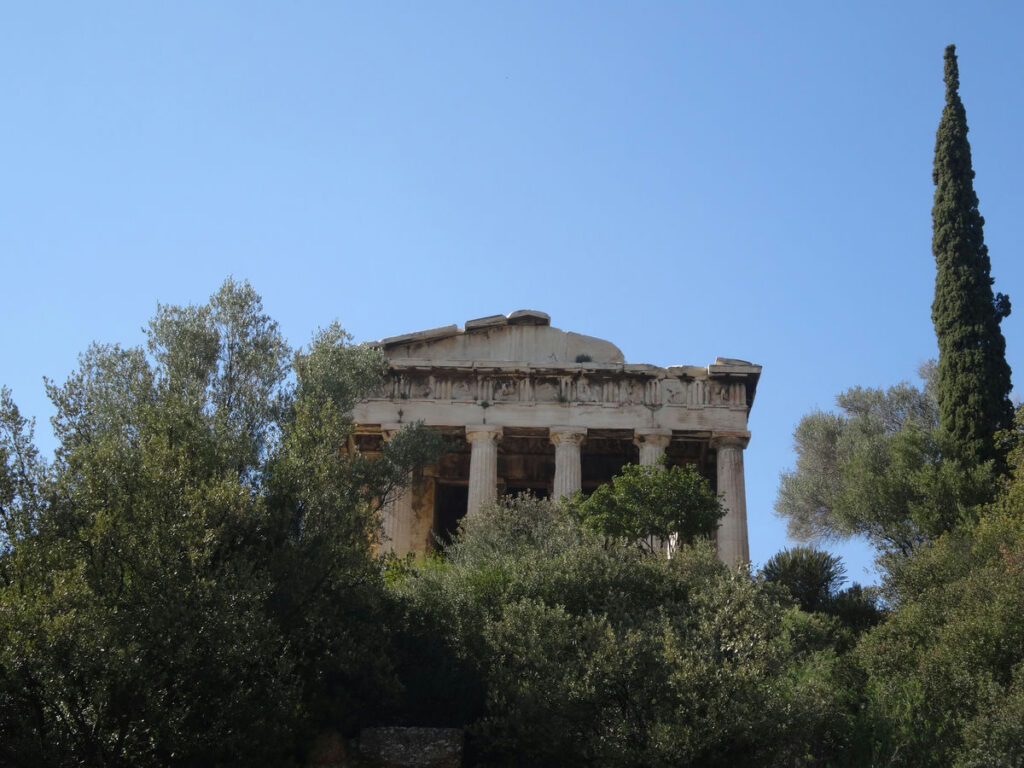
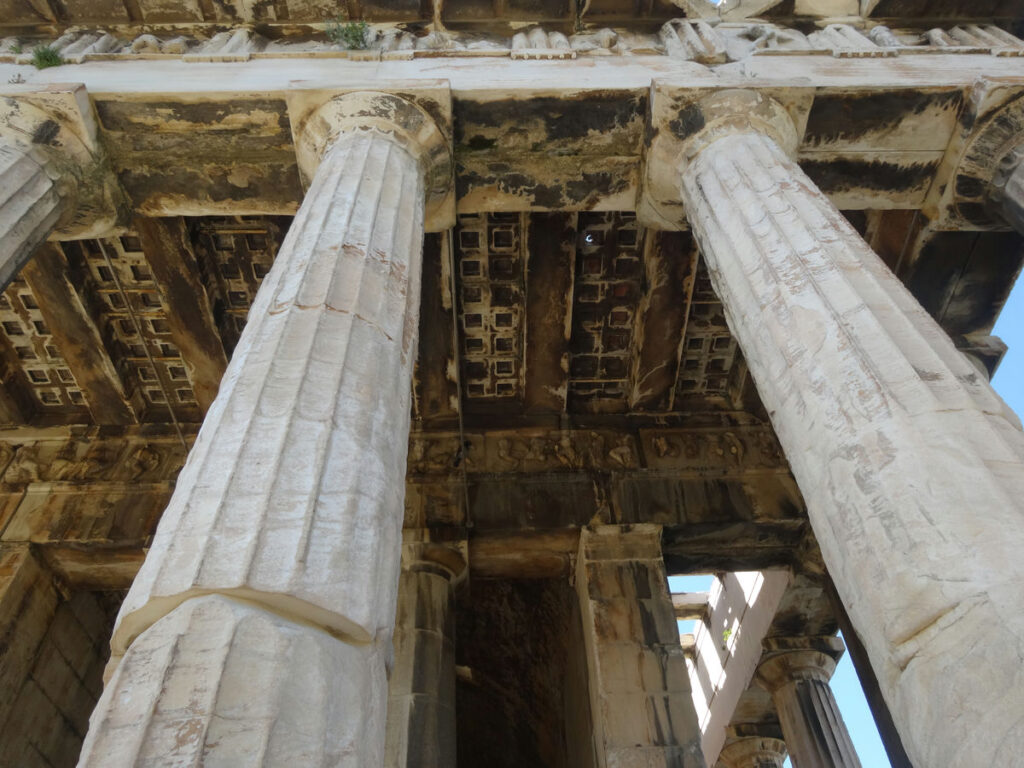
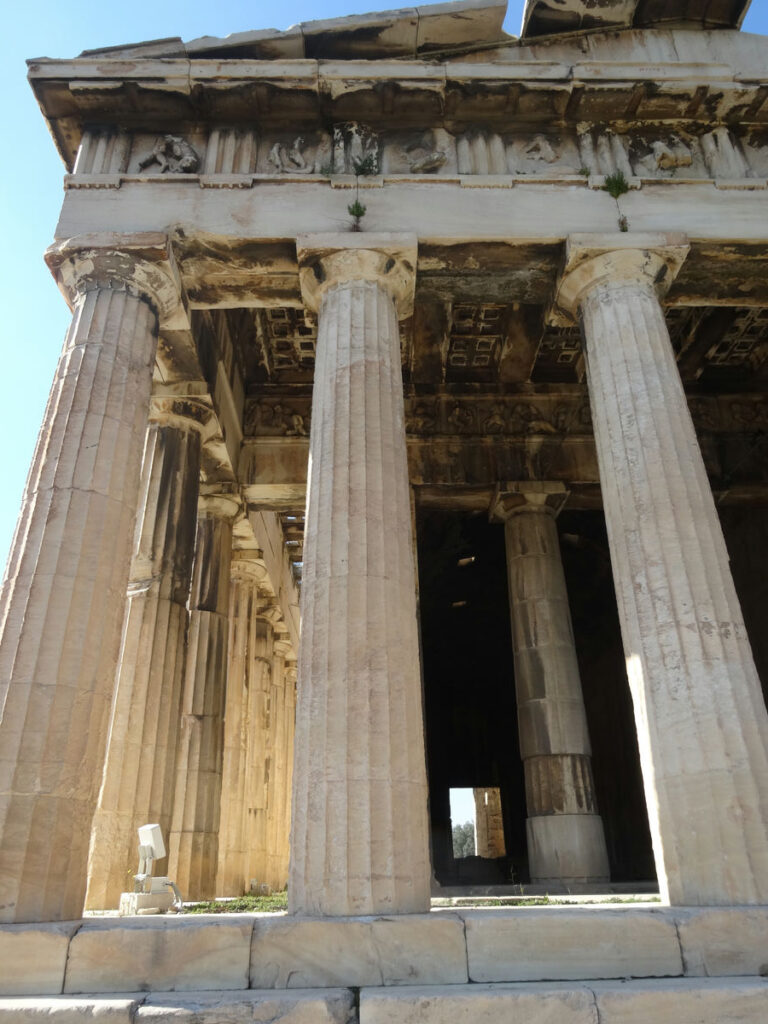
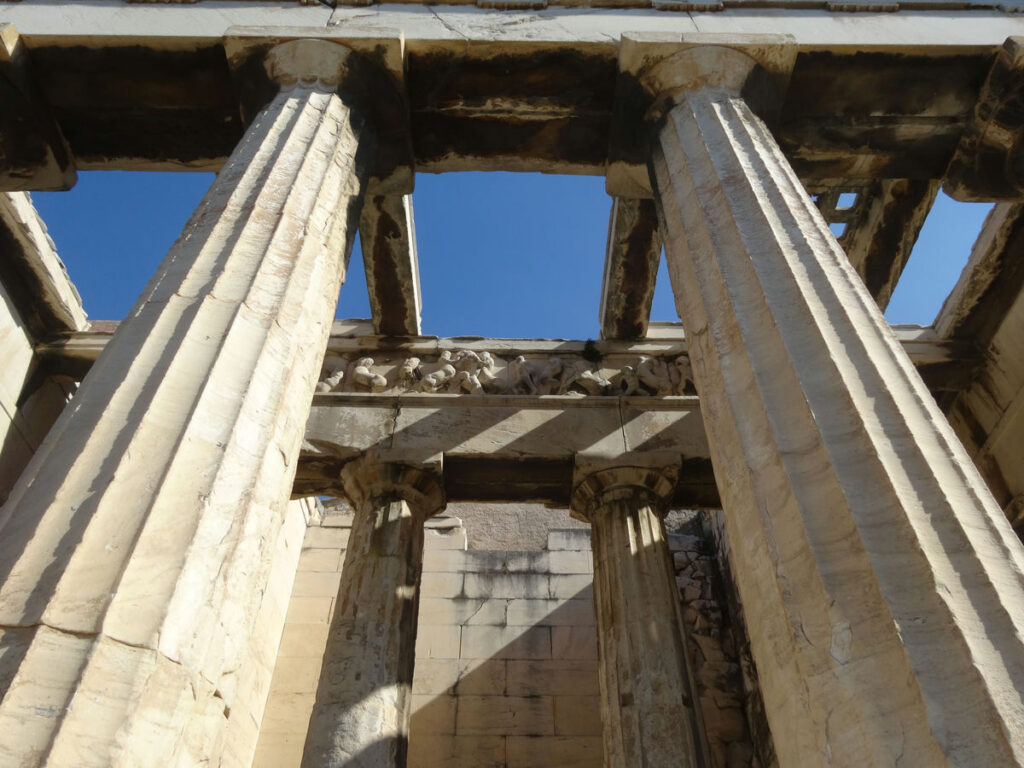
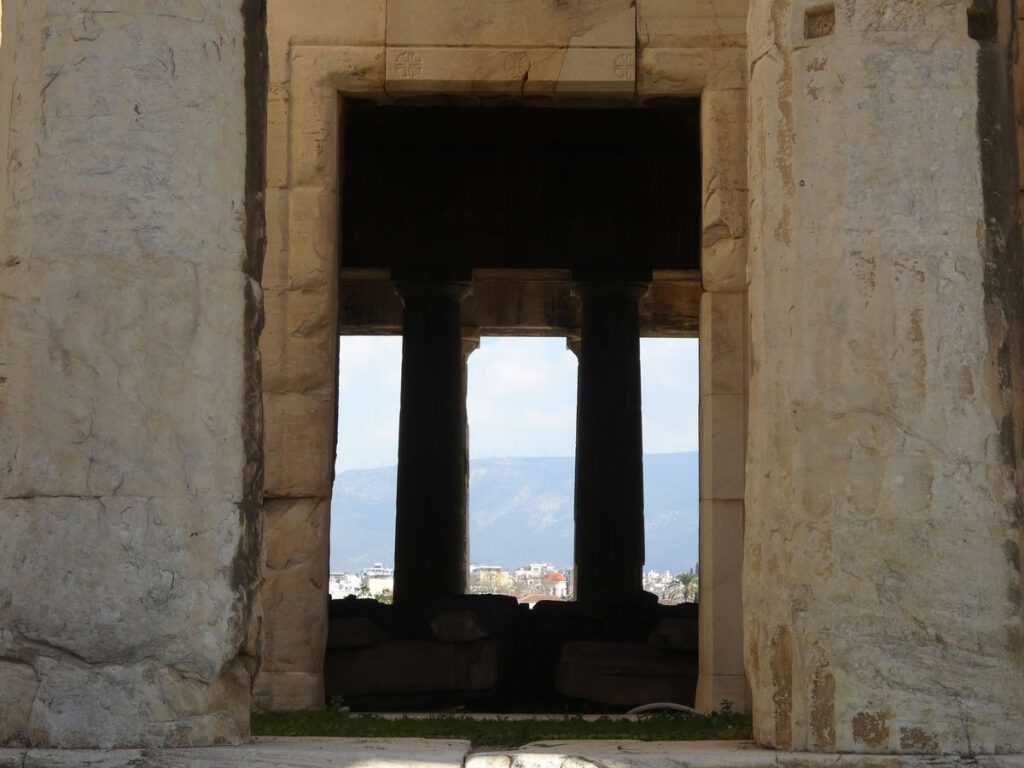
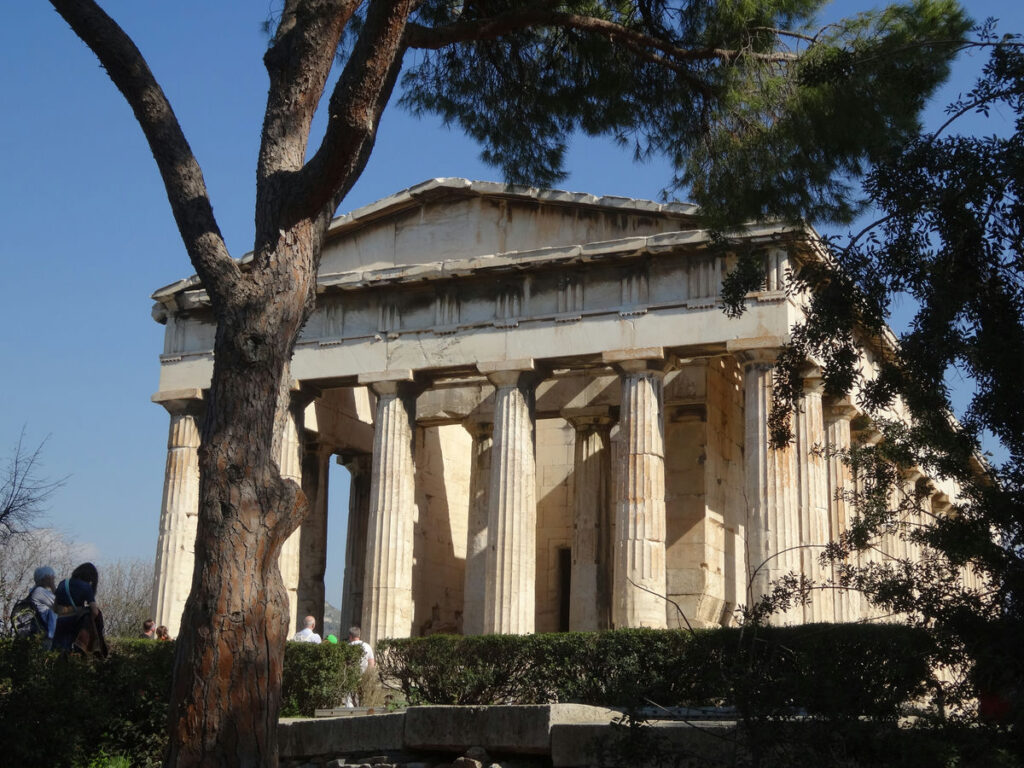
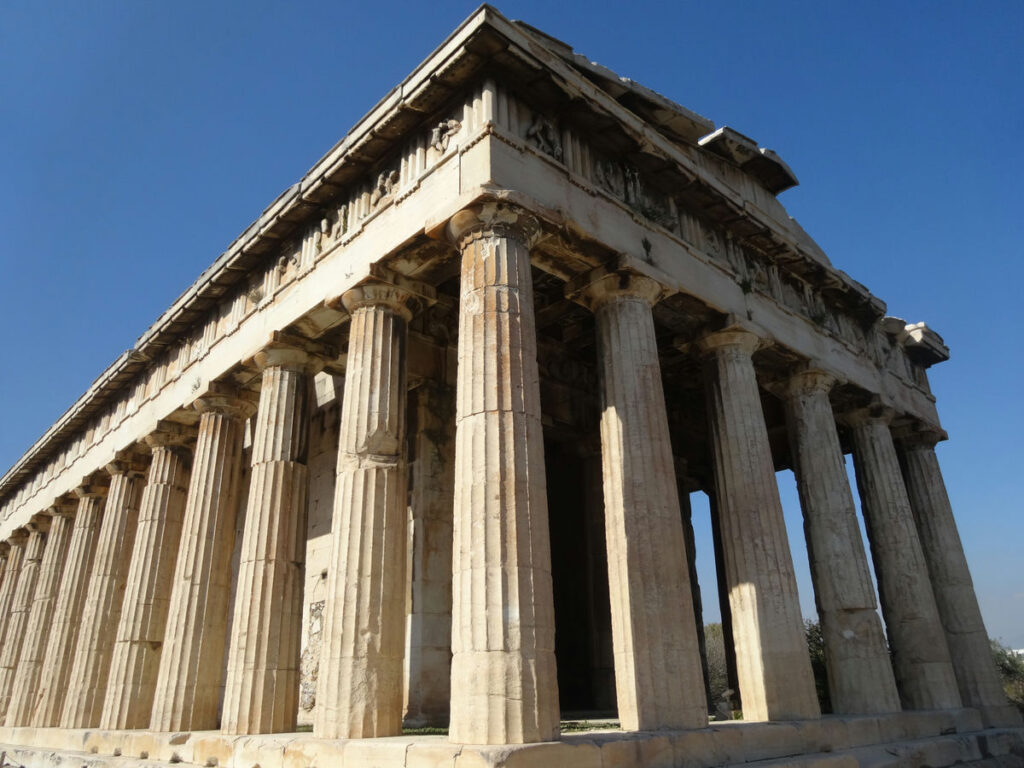
Church of the Apostles
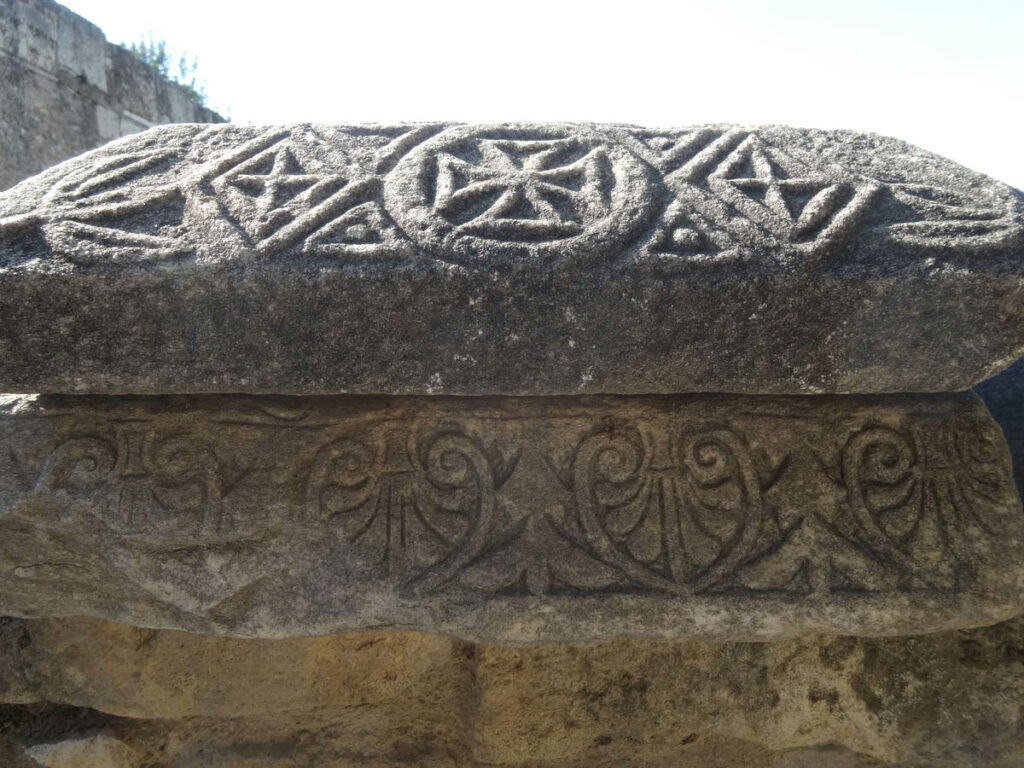
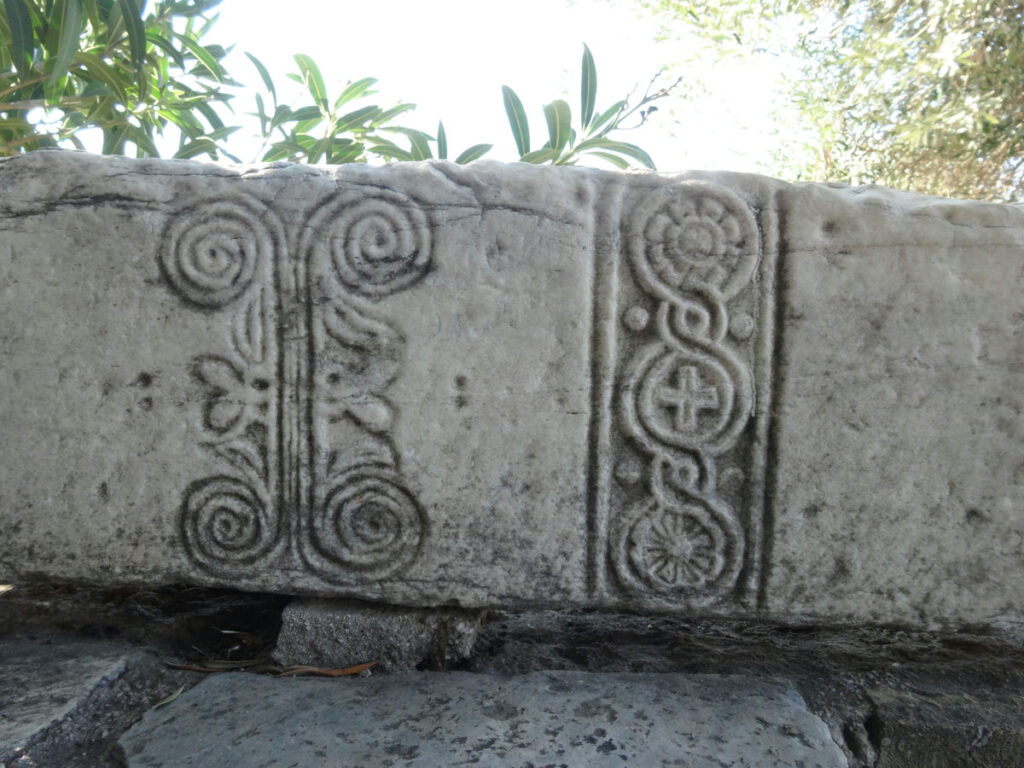
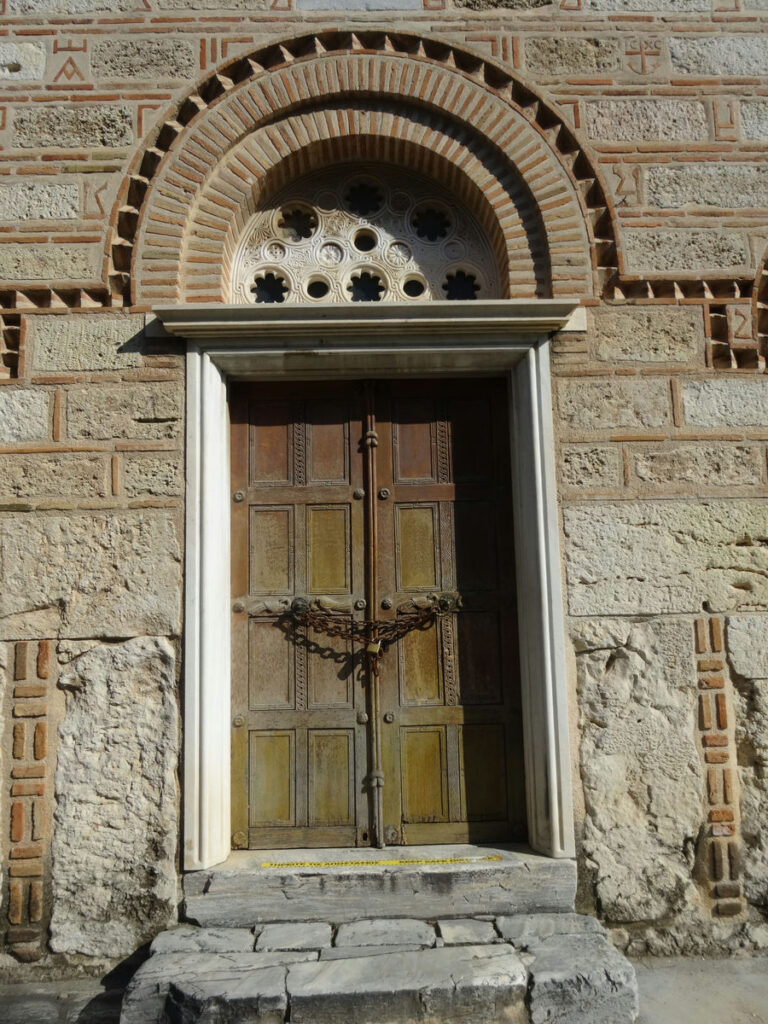
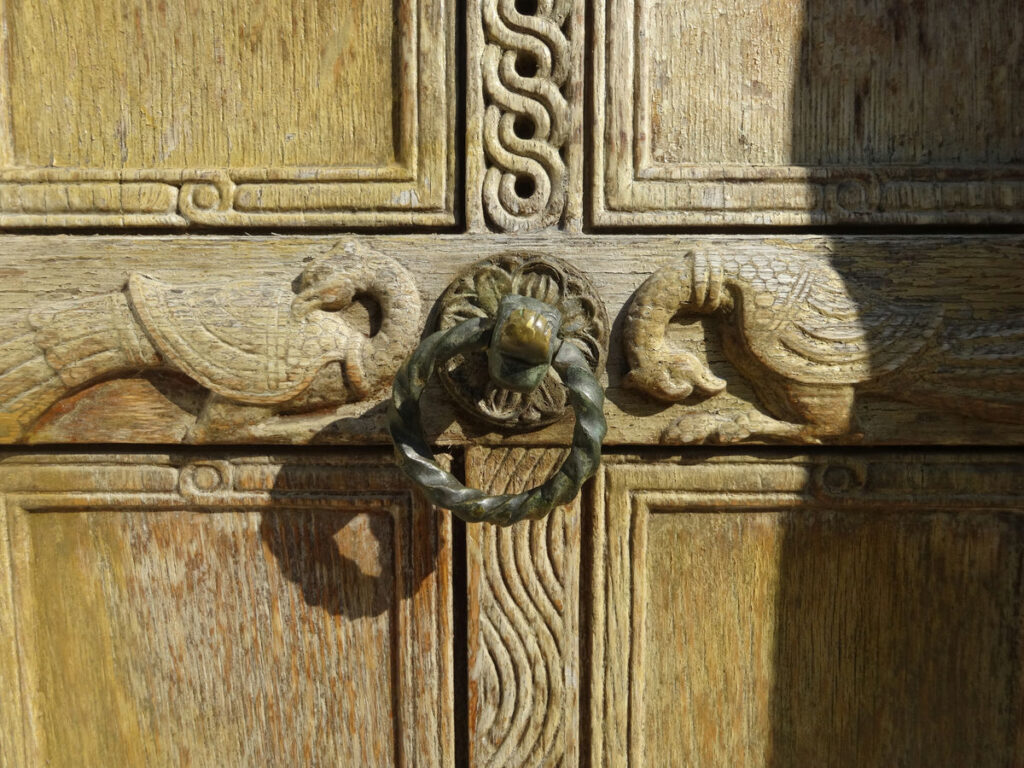
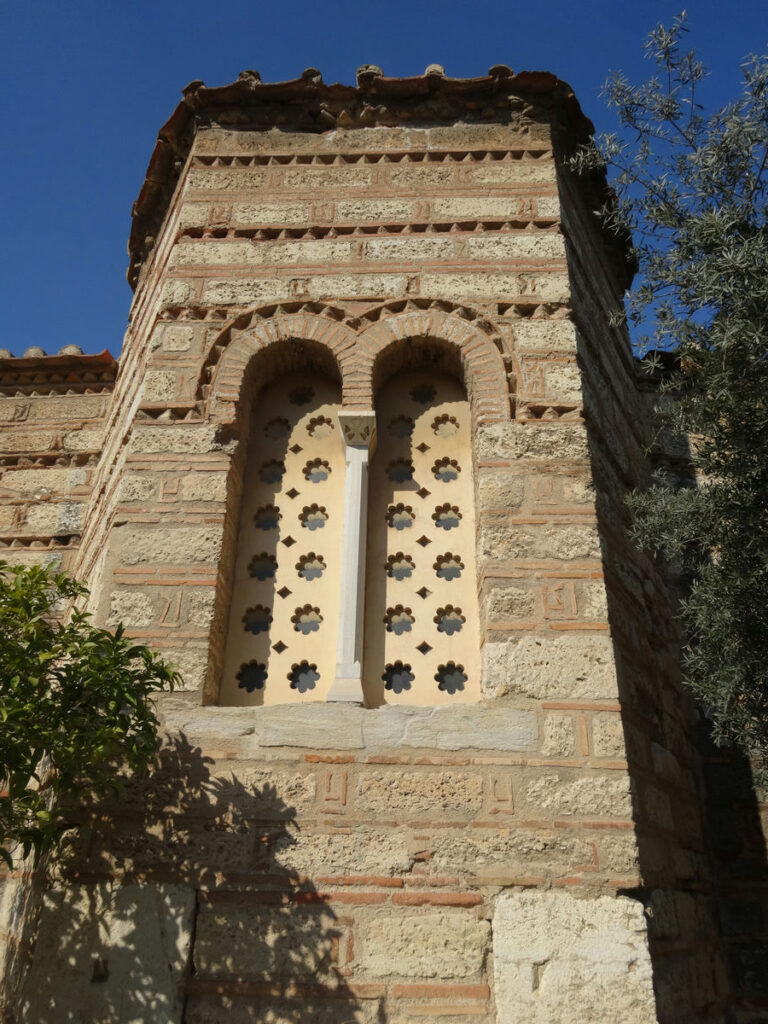
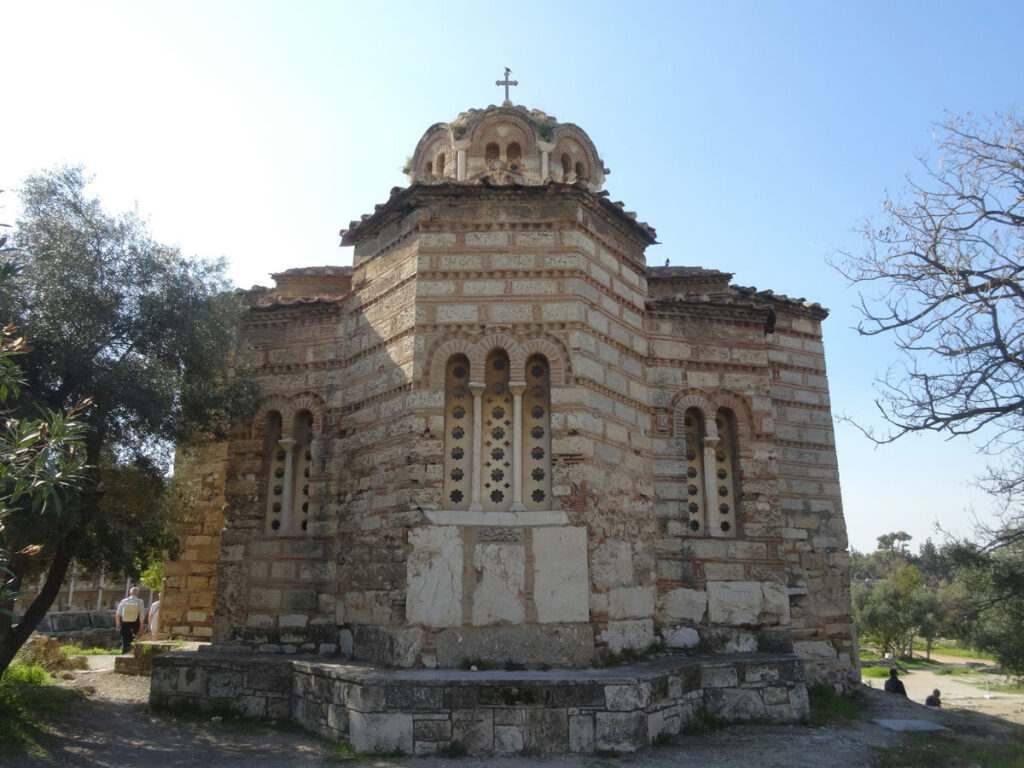
Roman Agora
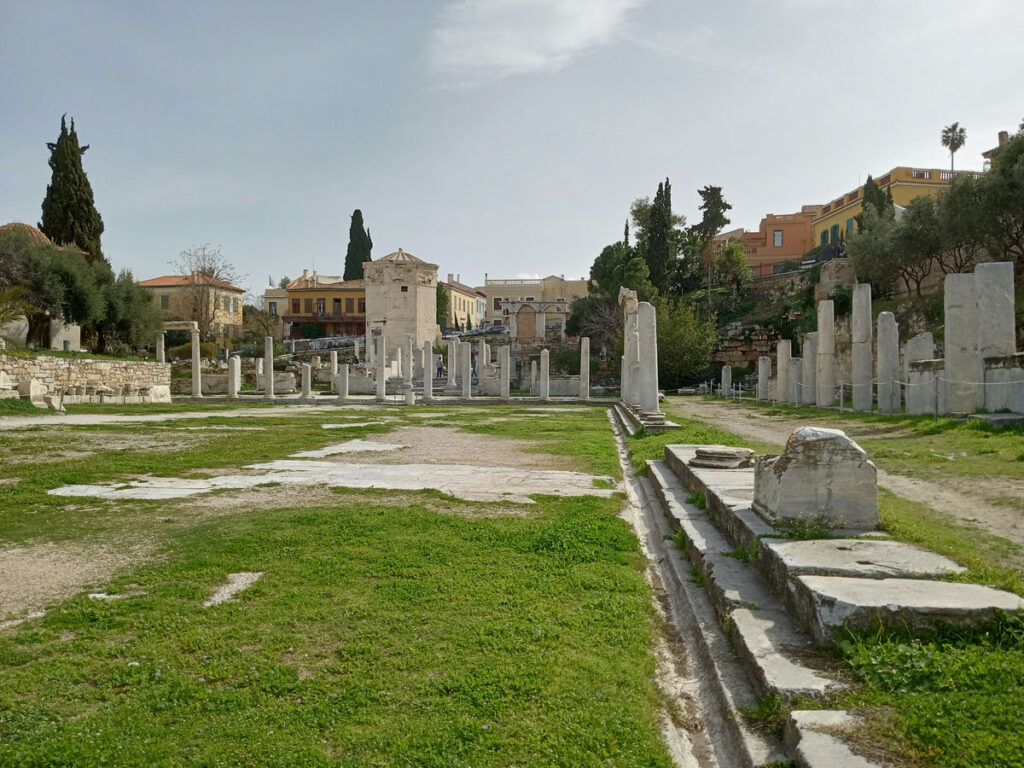
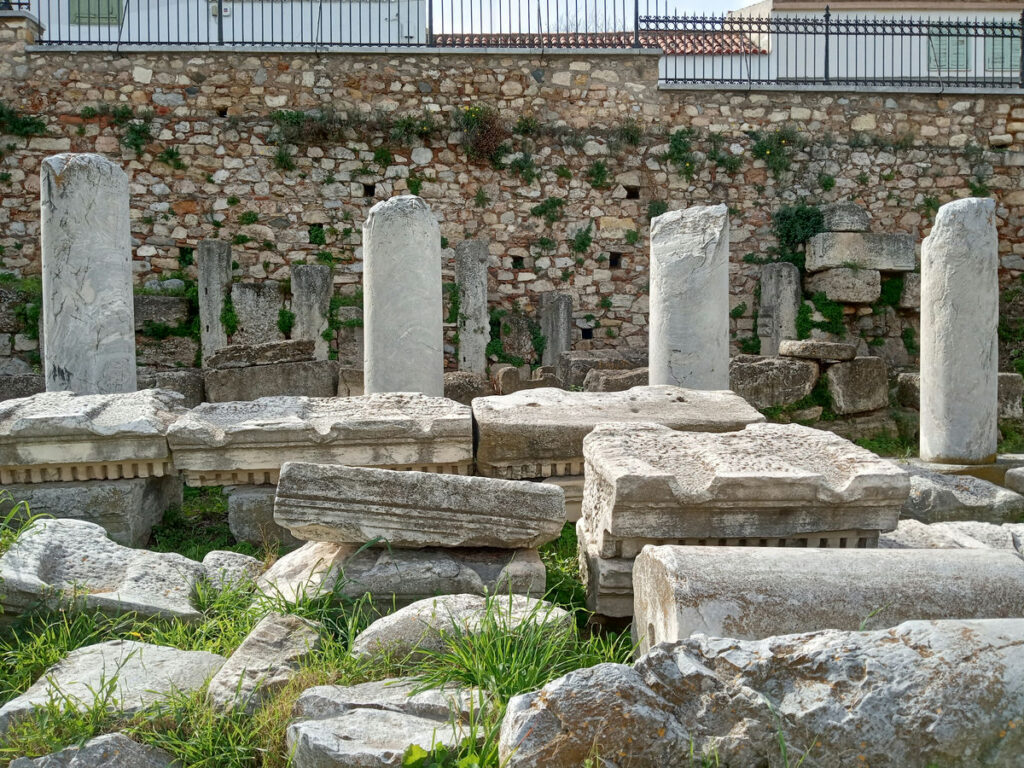
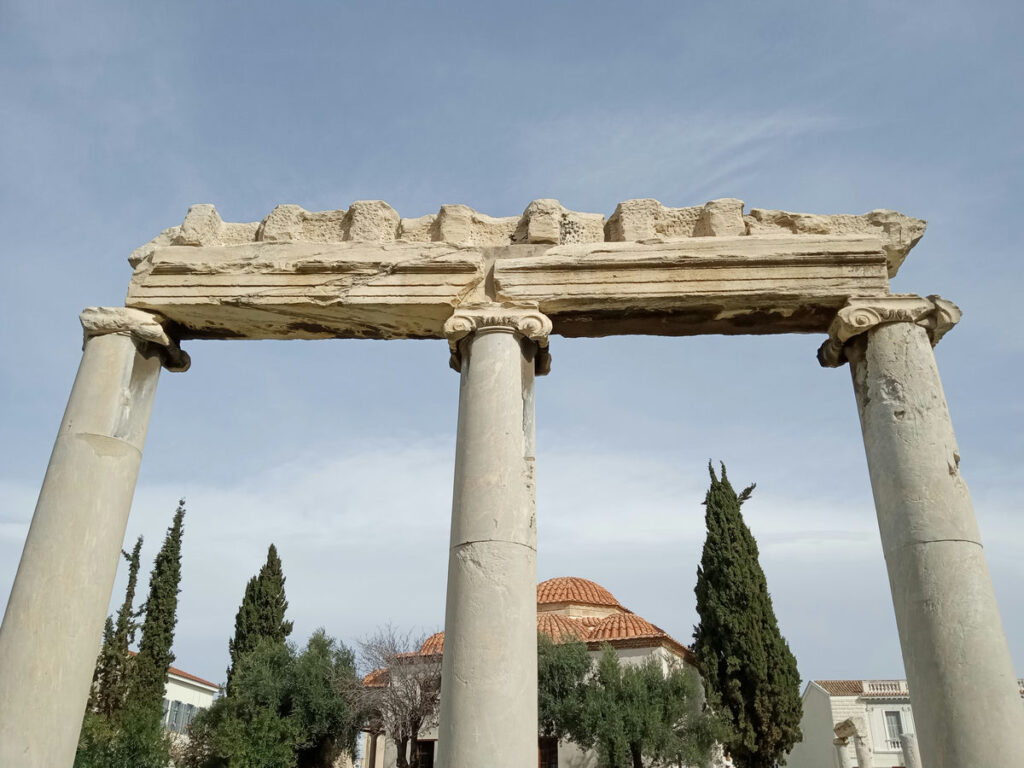
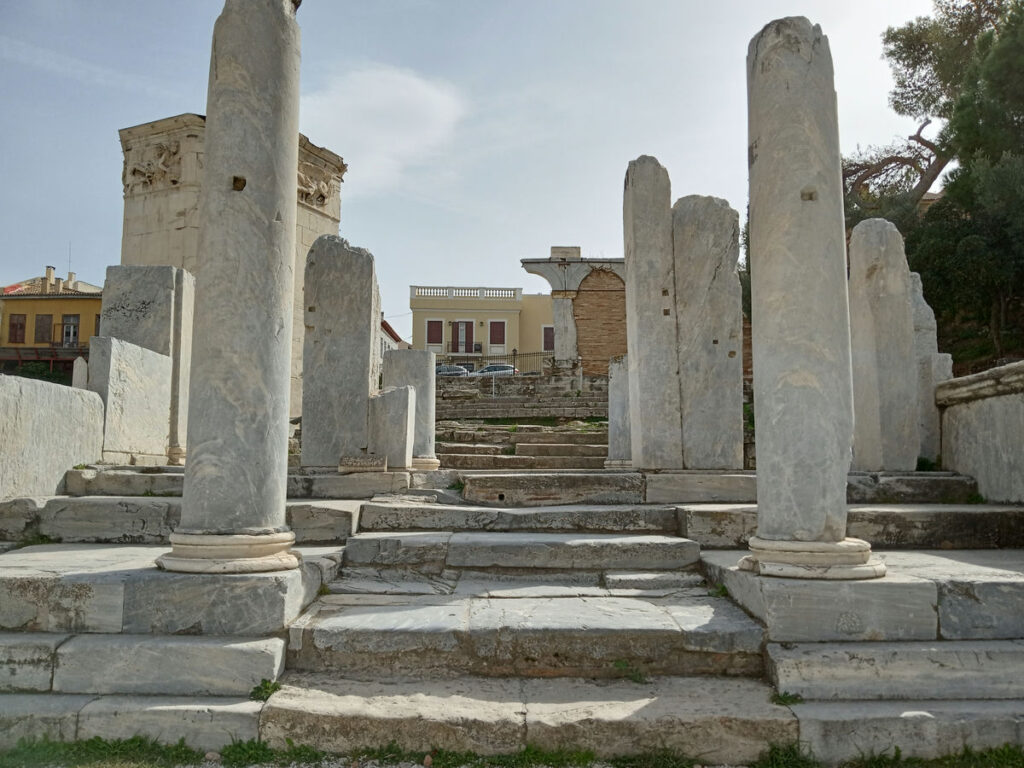
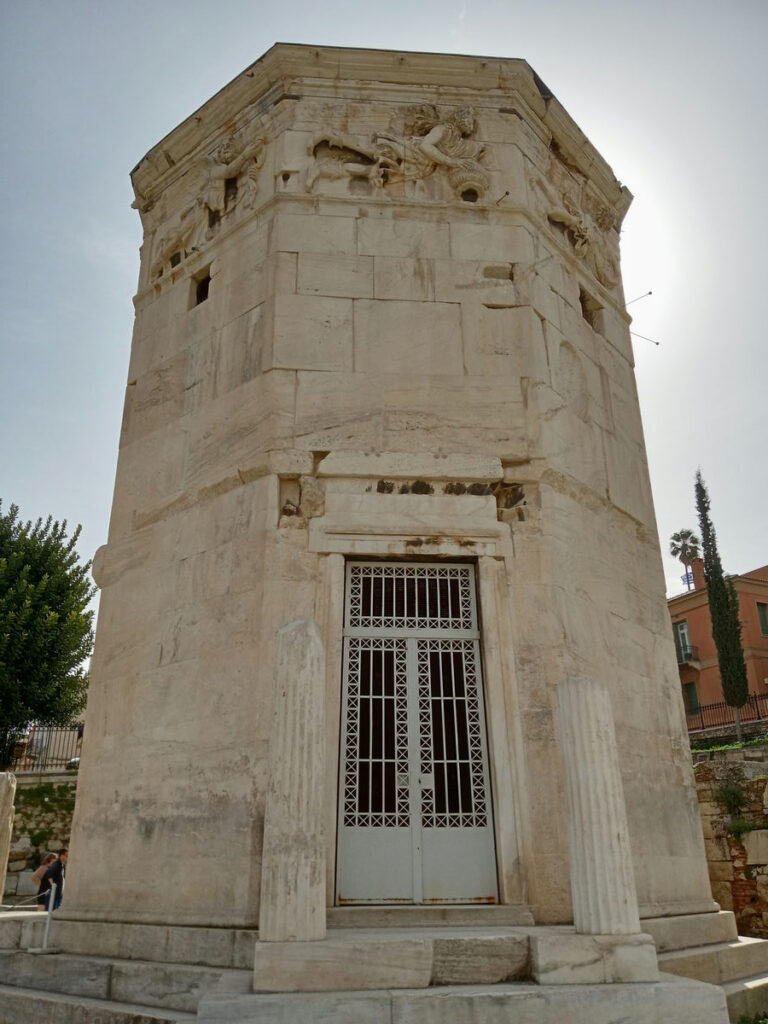
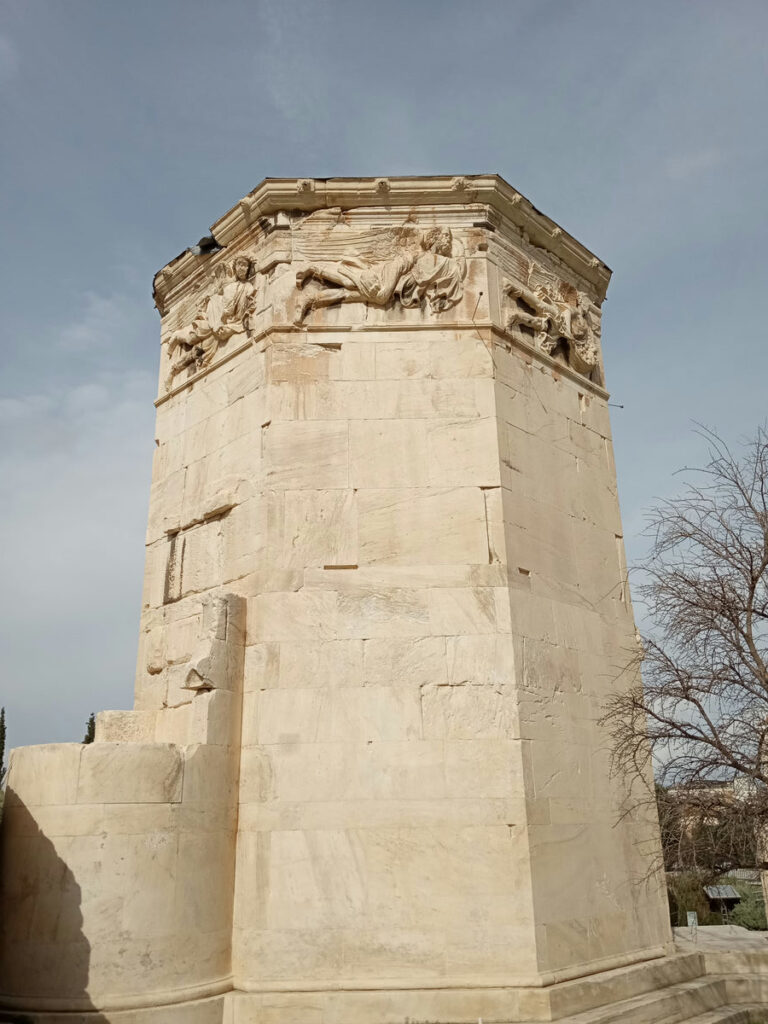
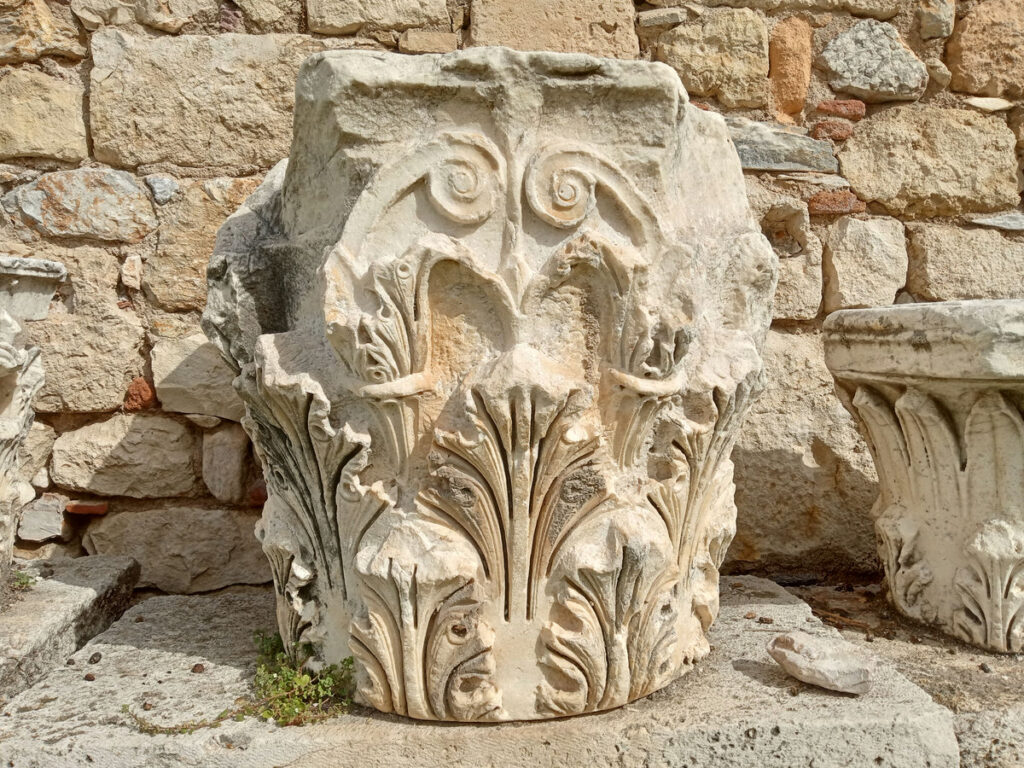
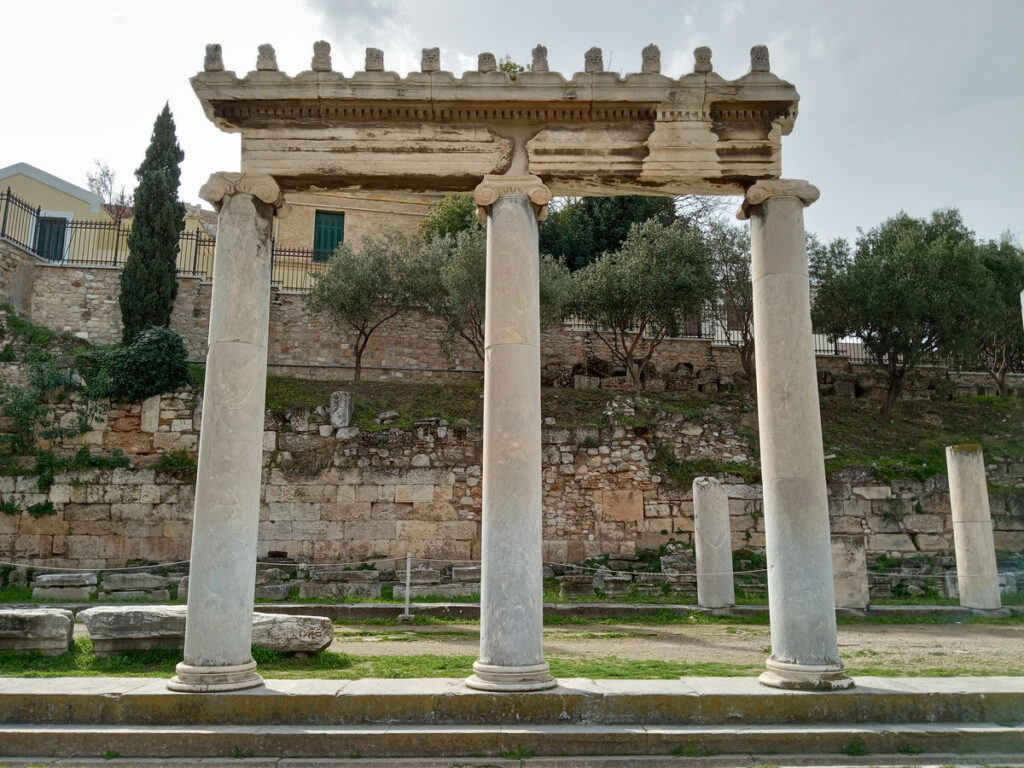
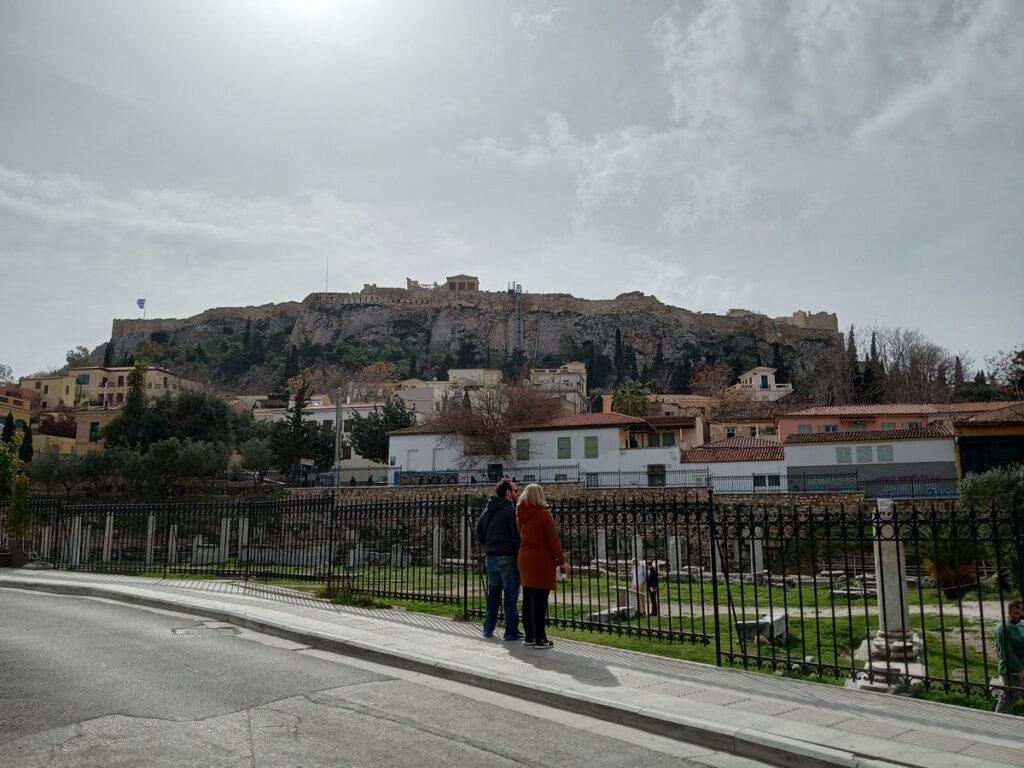
Hadrian’s Library
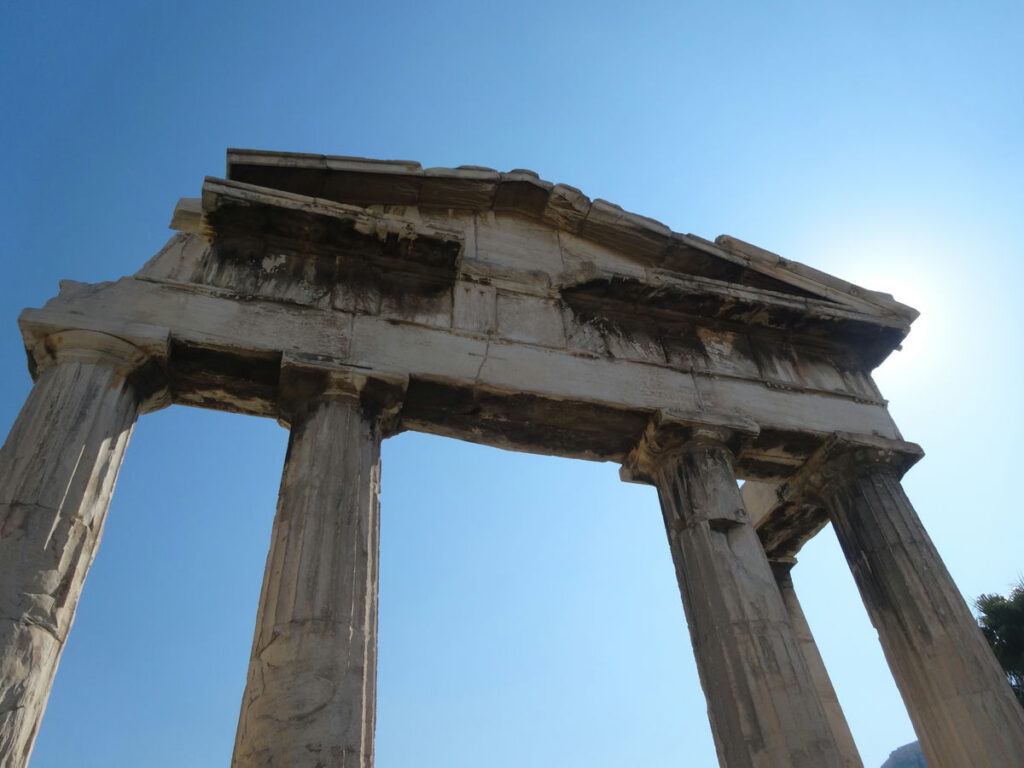

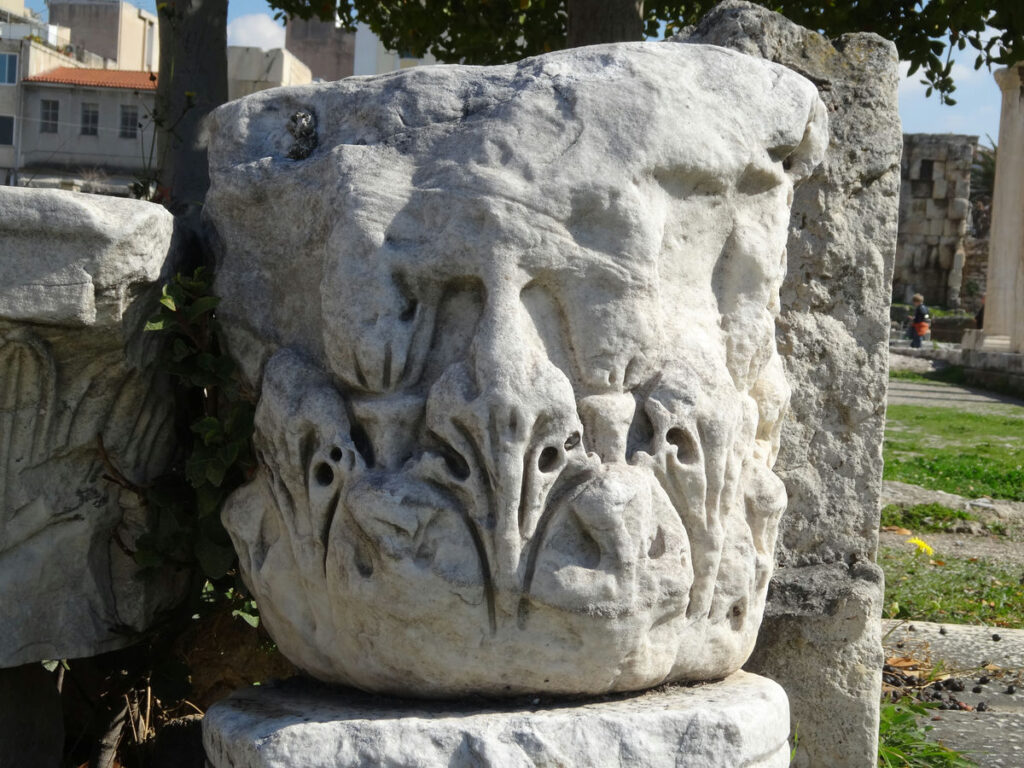
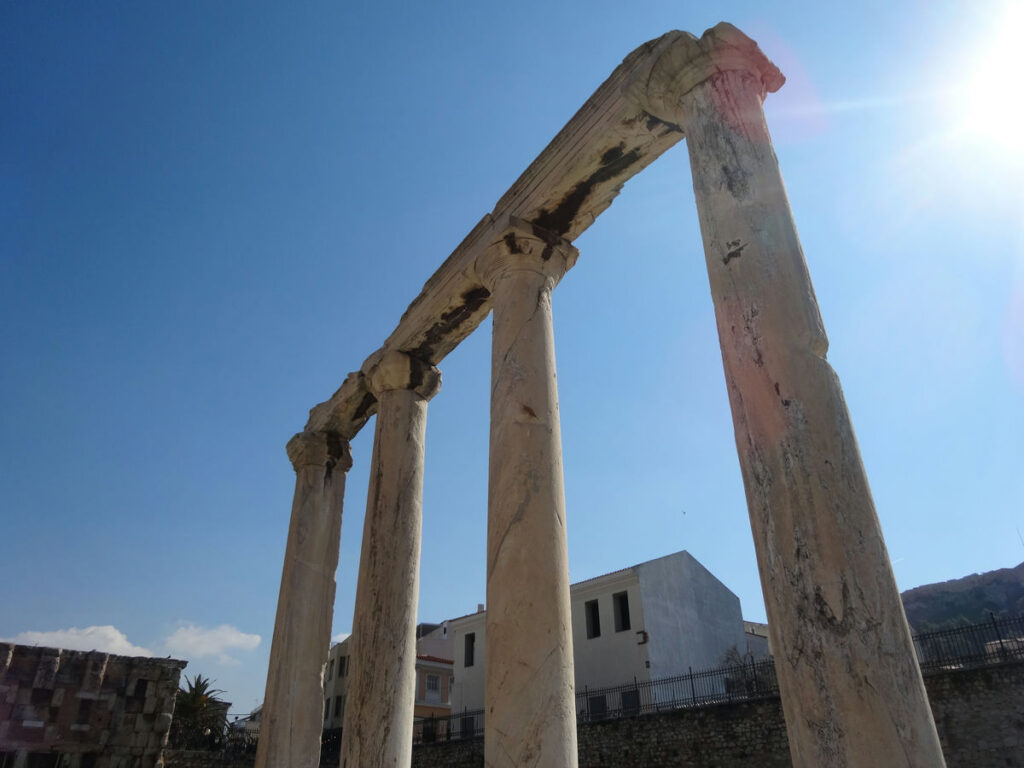
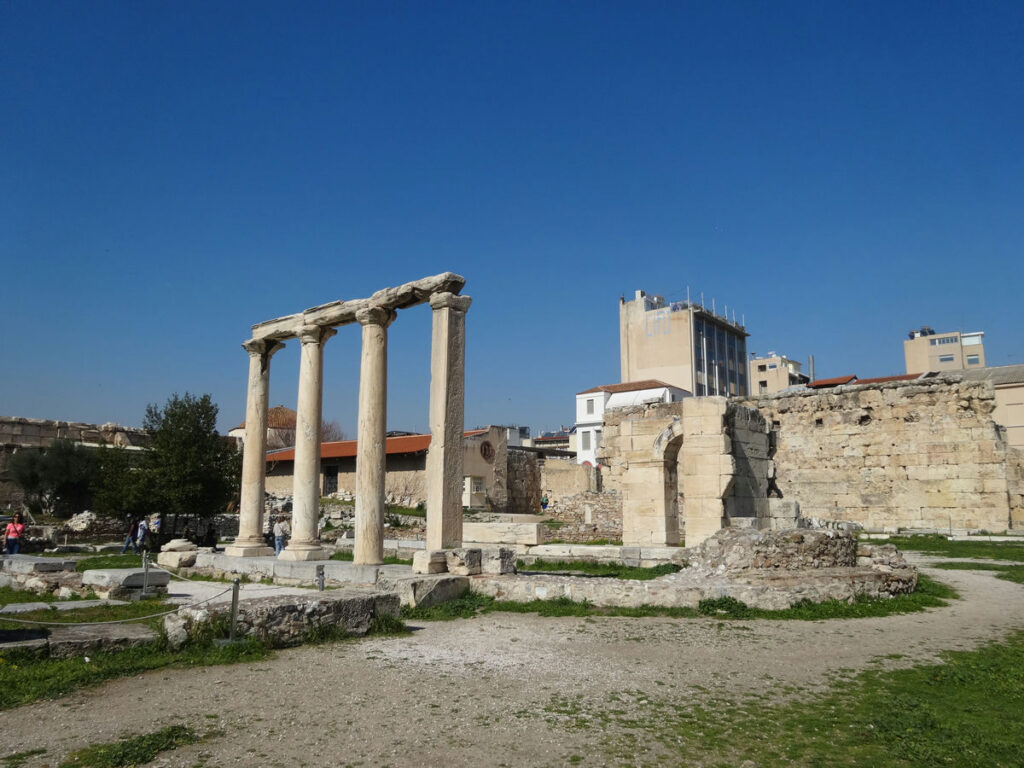
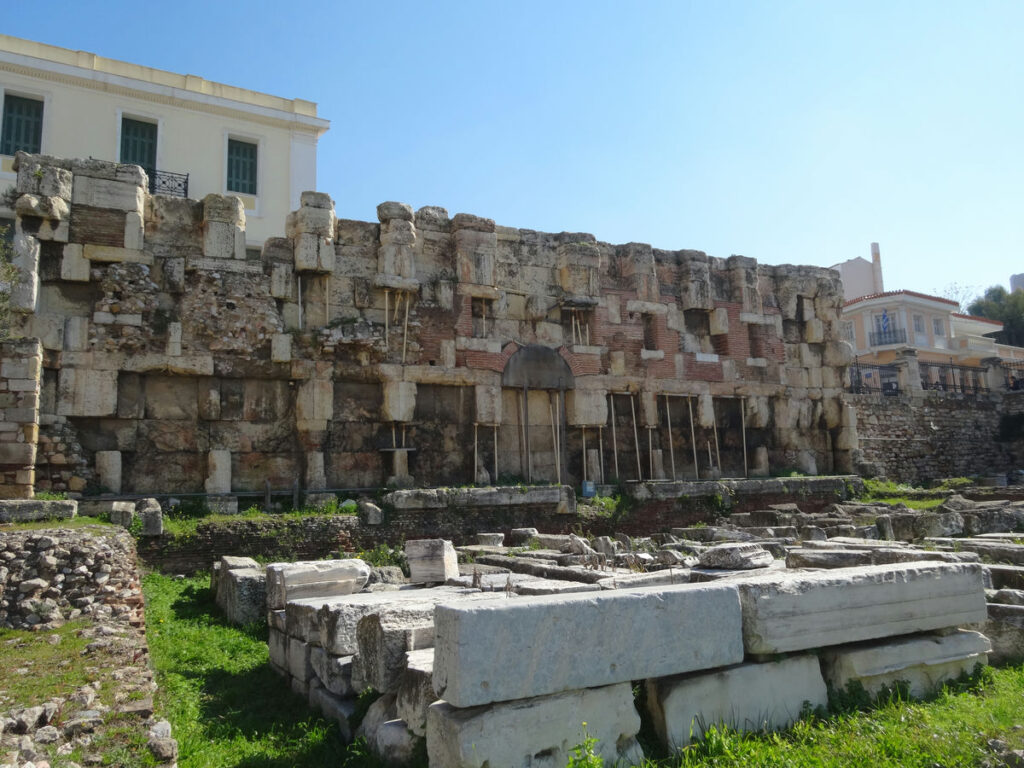
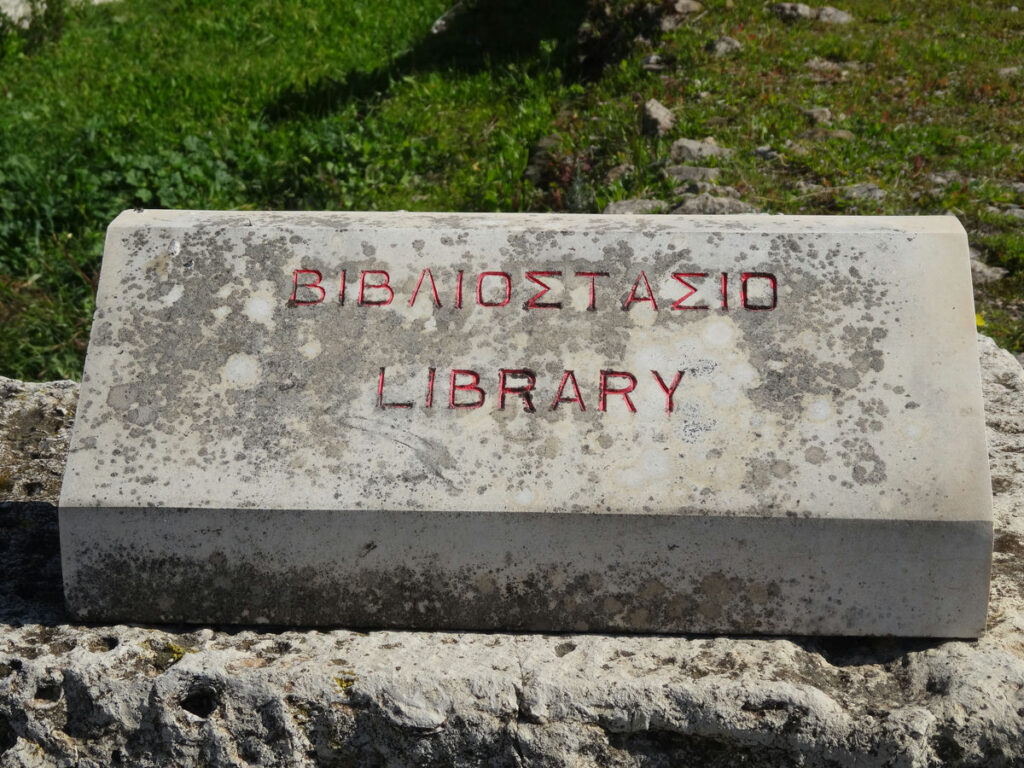
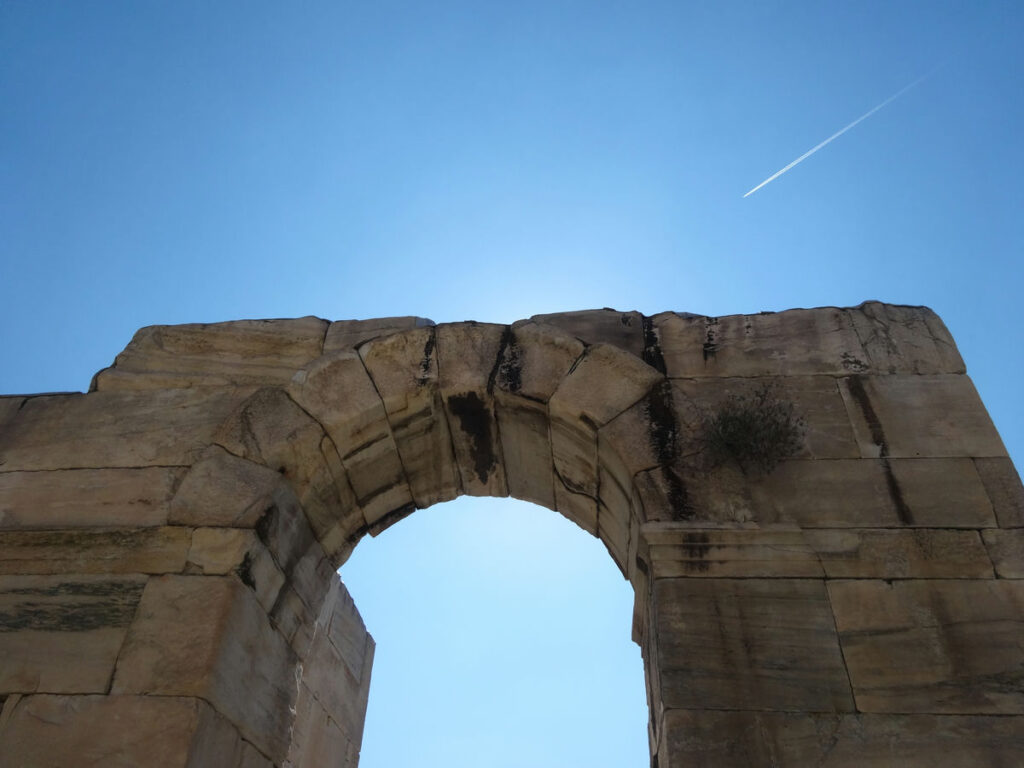
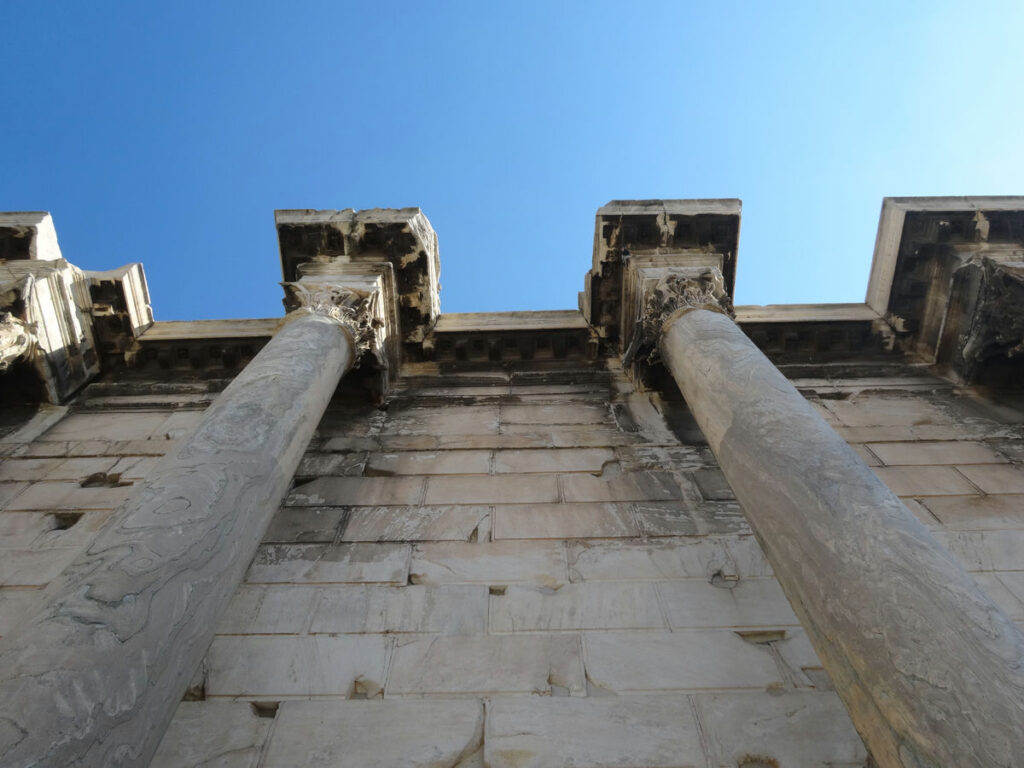
Keramikos
Both the potters’ quarter and a cemetery. I’m not sure if those were simultaneously or not. At one point, a mass grave was discovered, which might have been due to plague.
But now I want to know: Where do the dead people found during excavations go?
